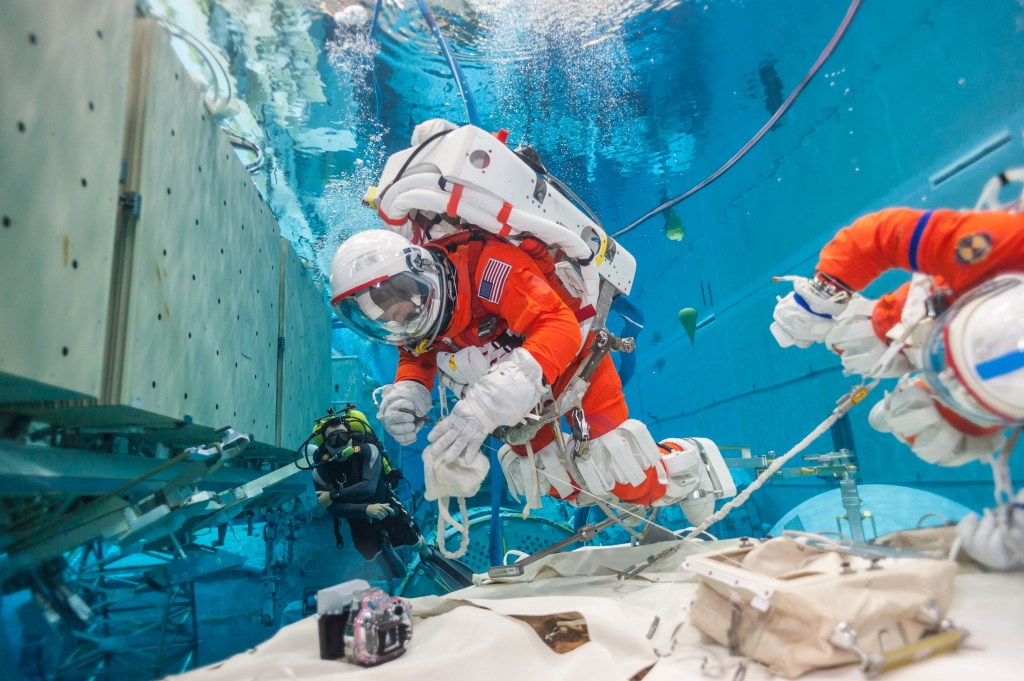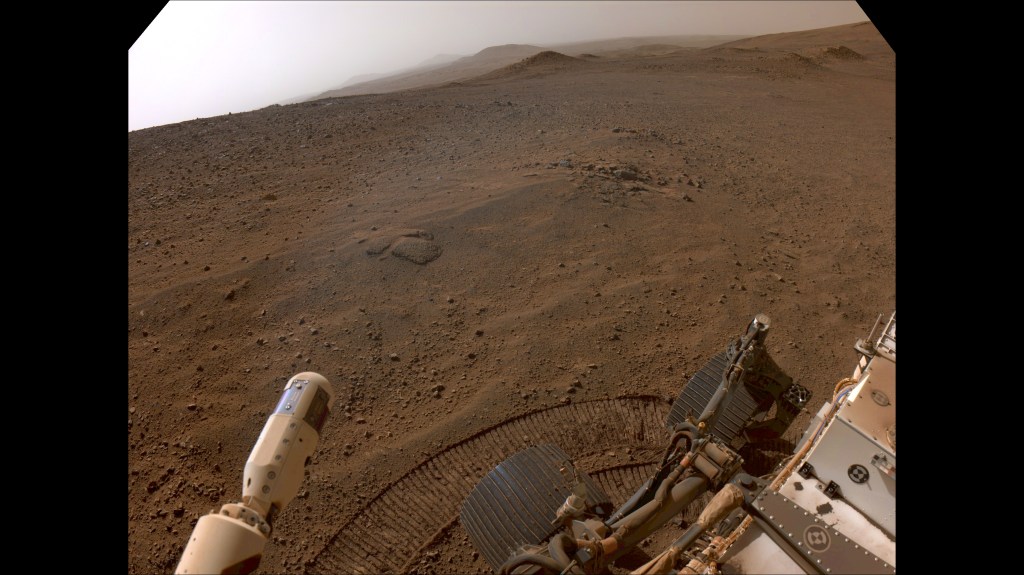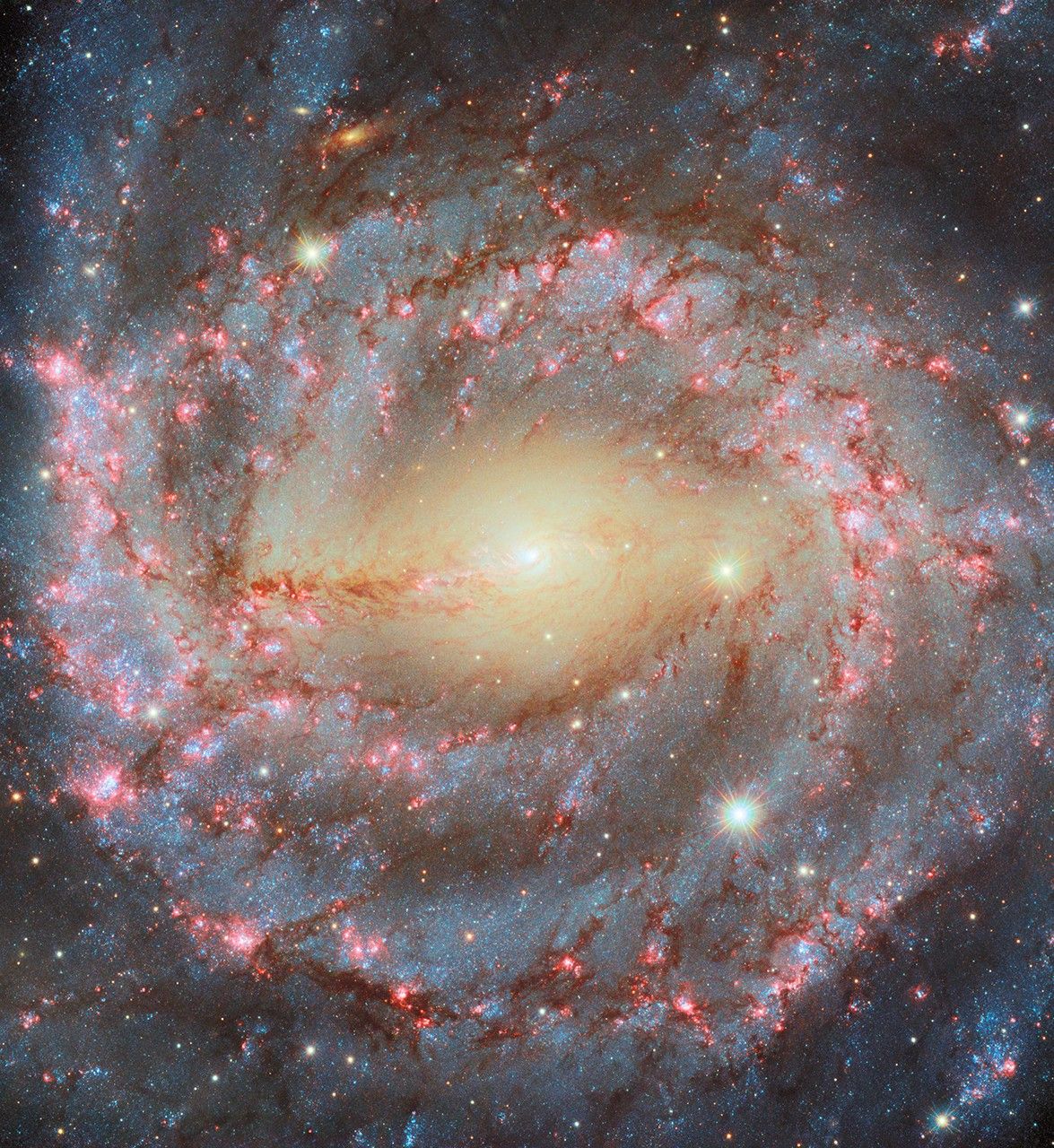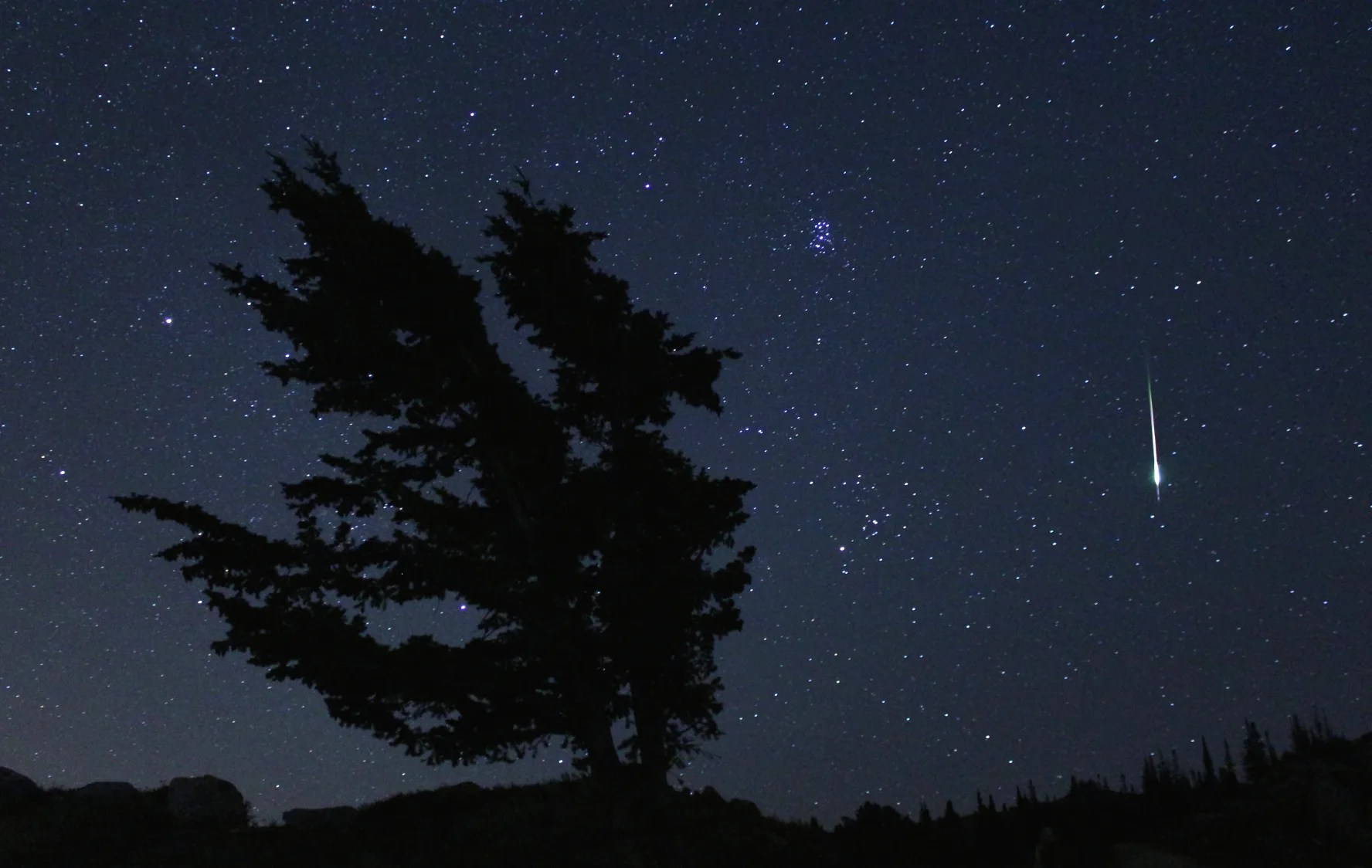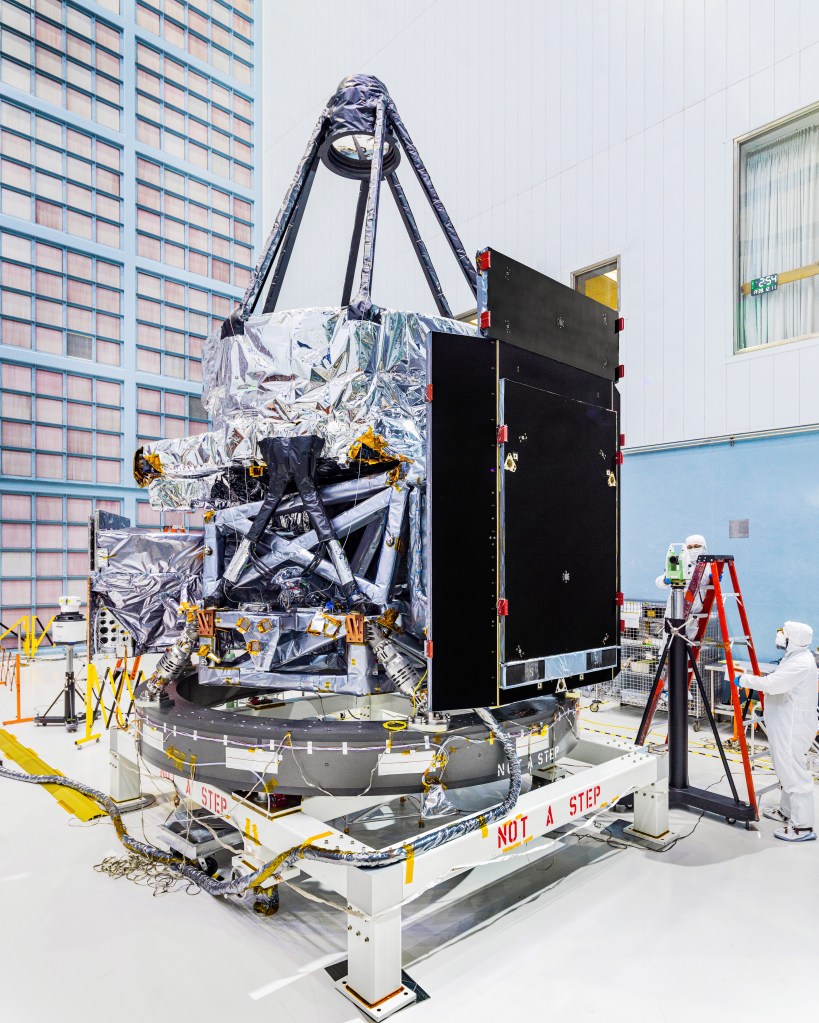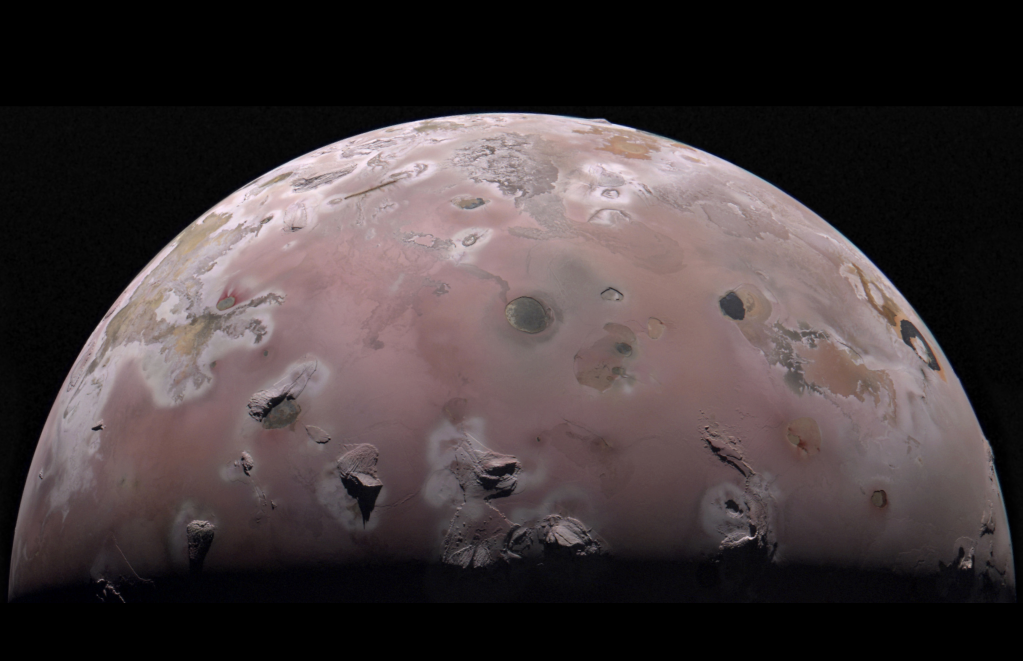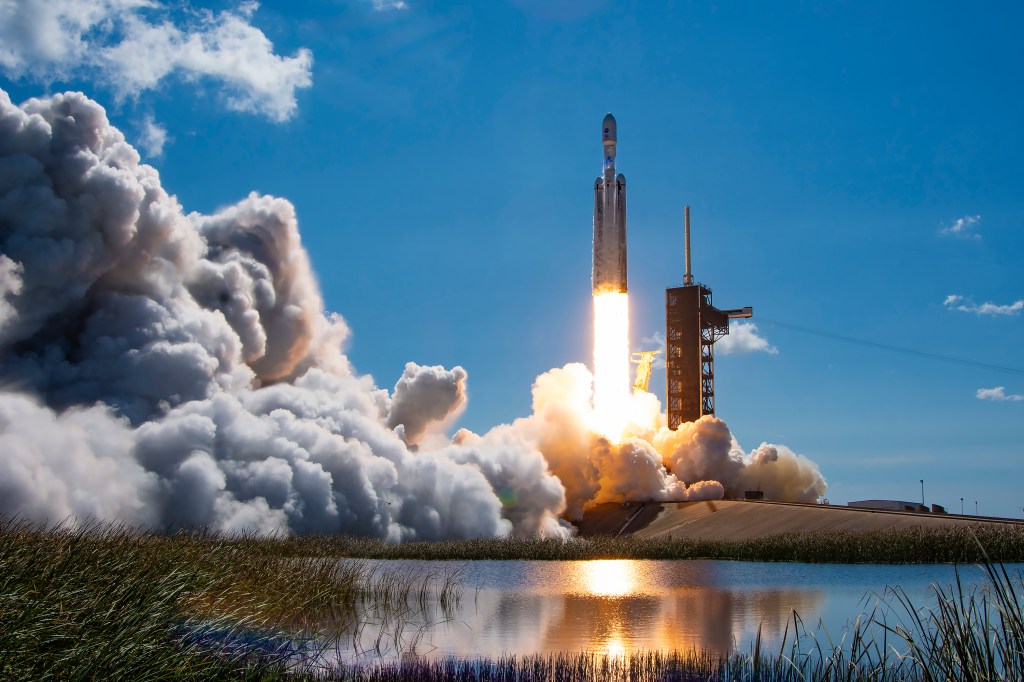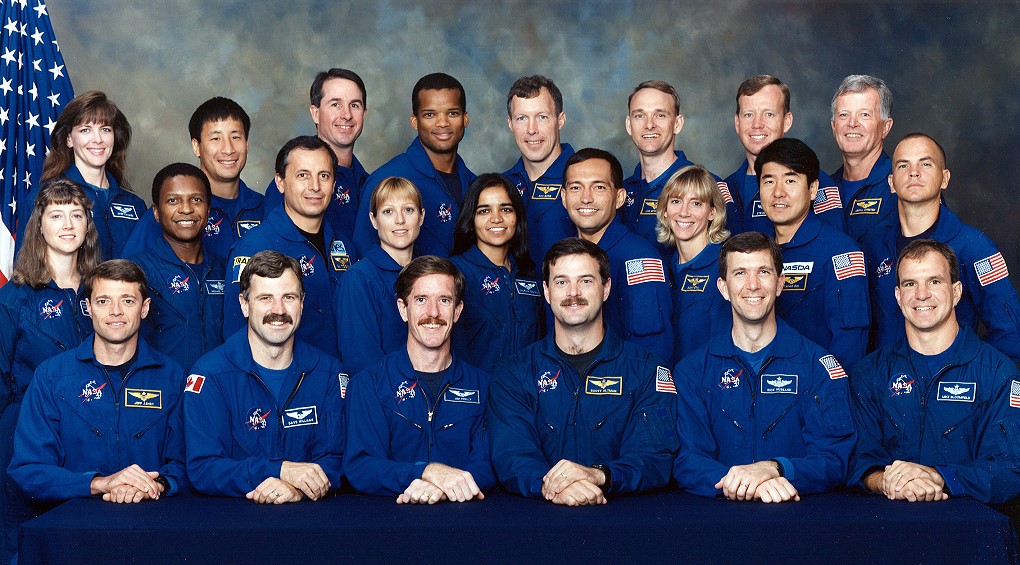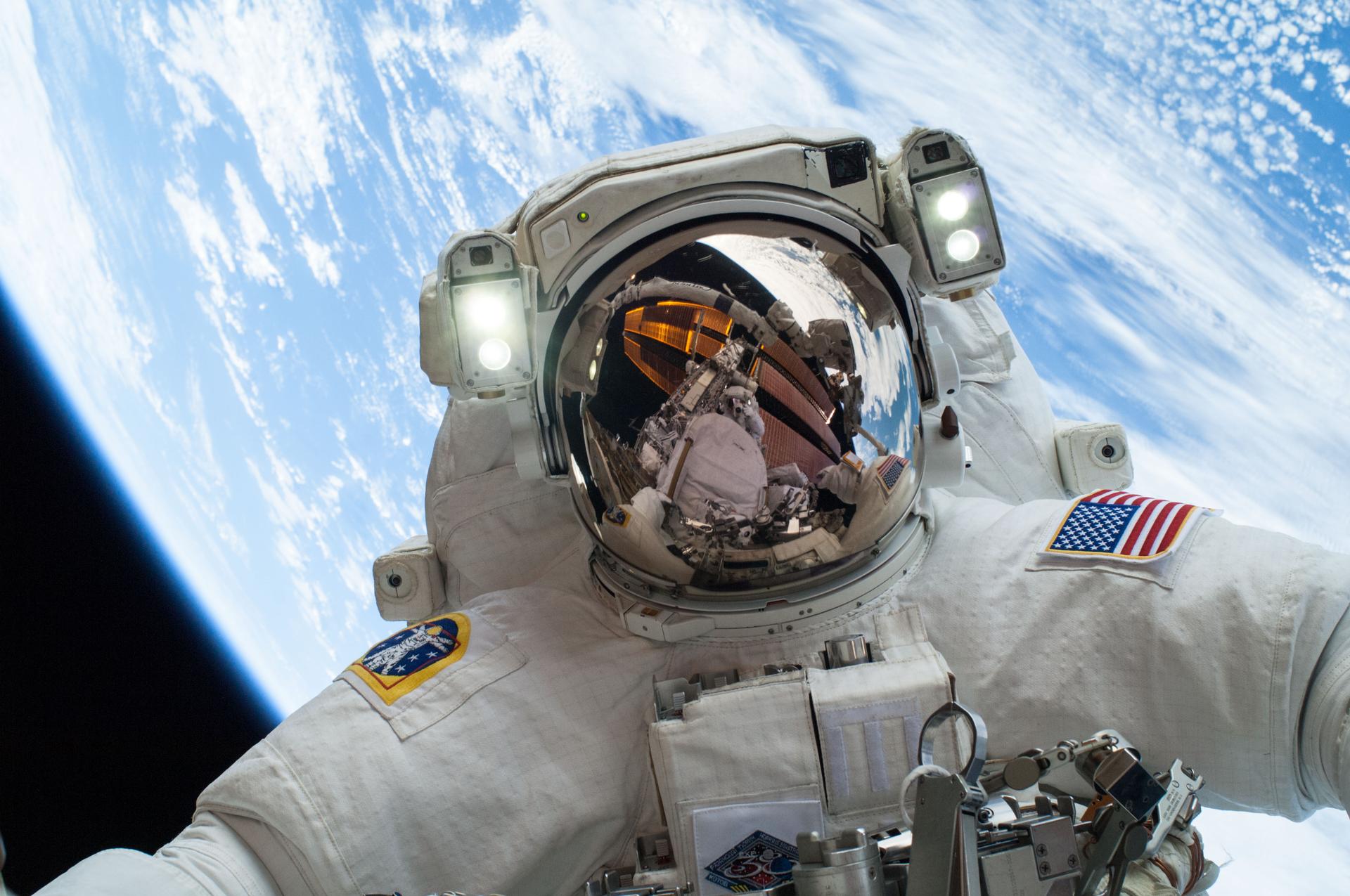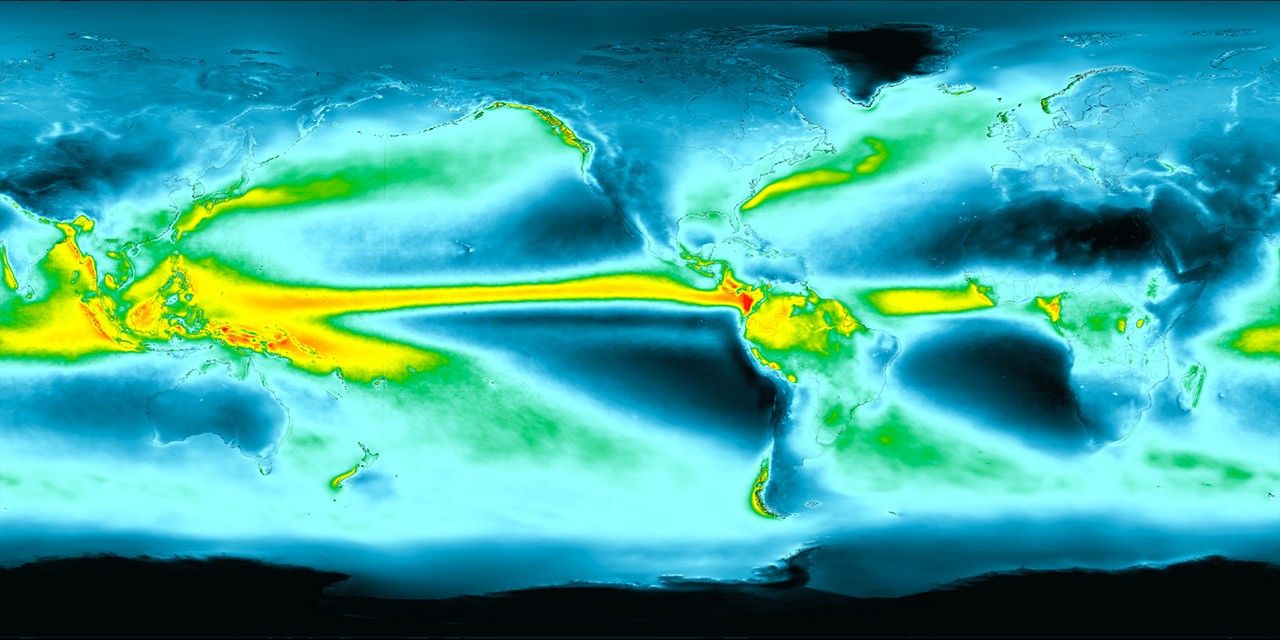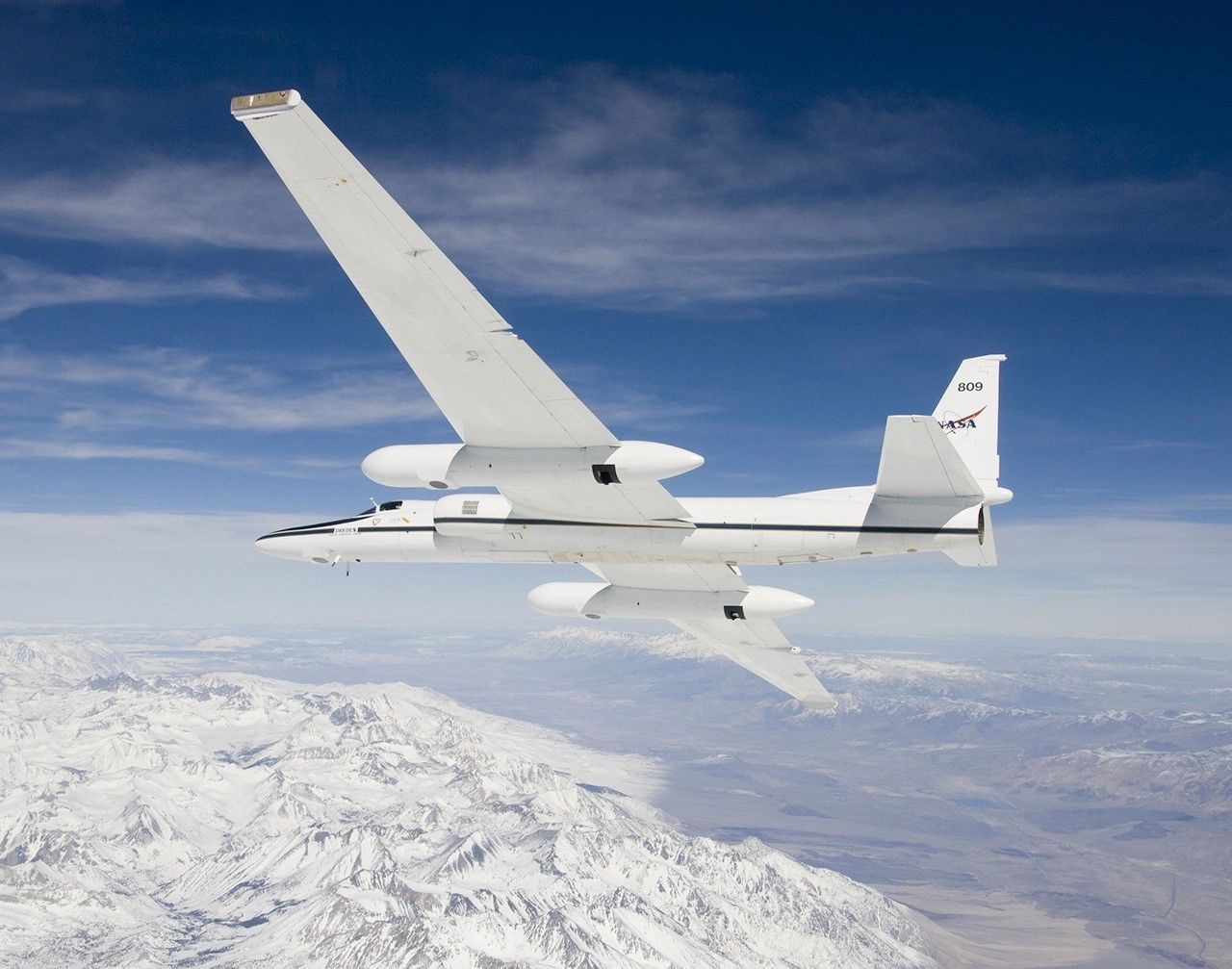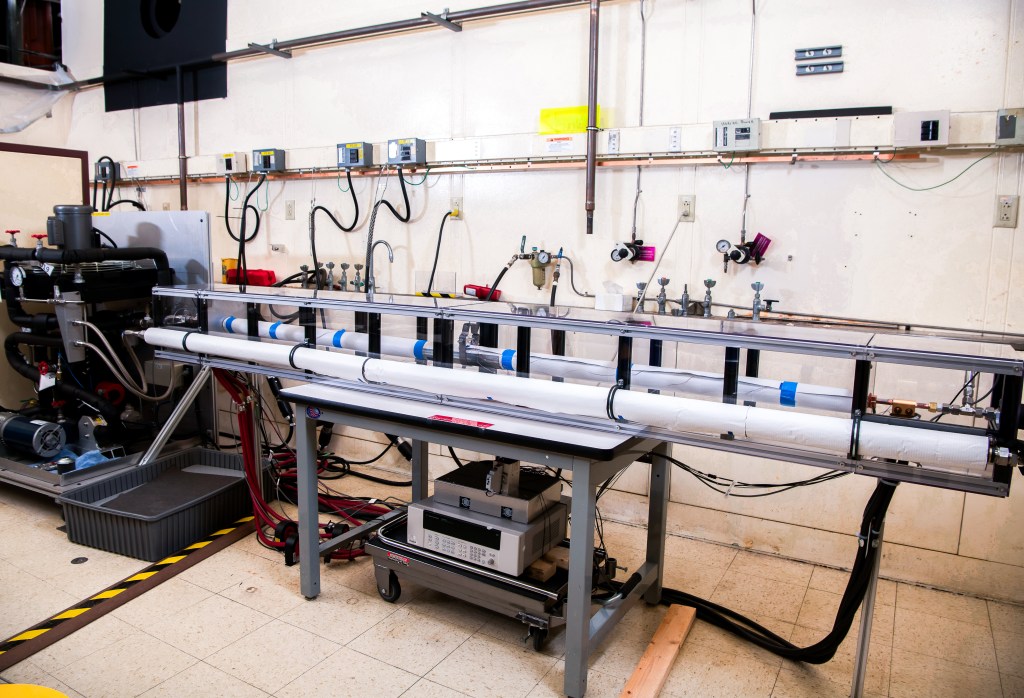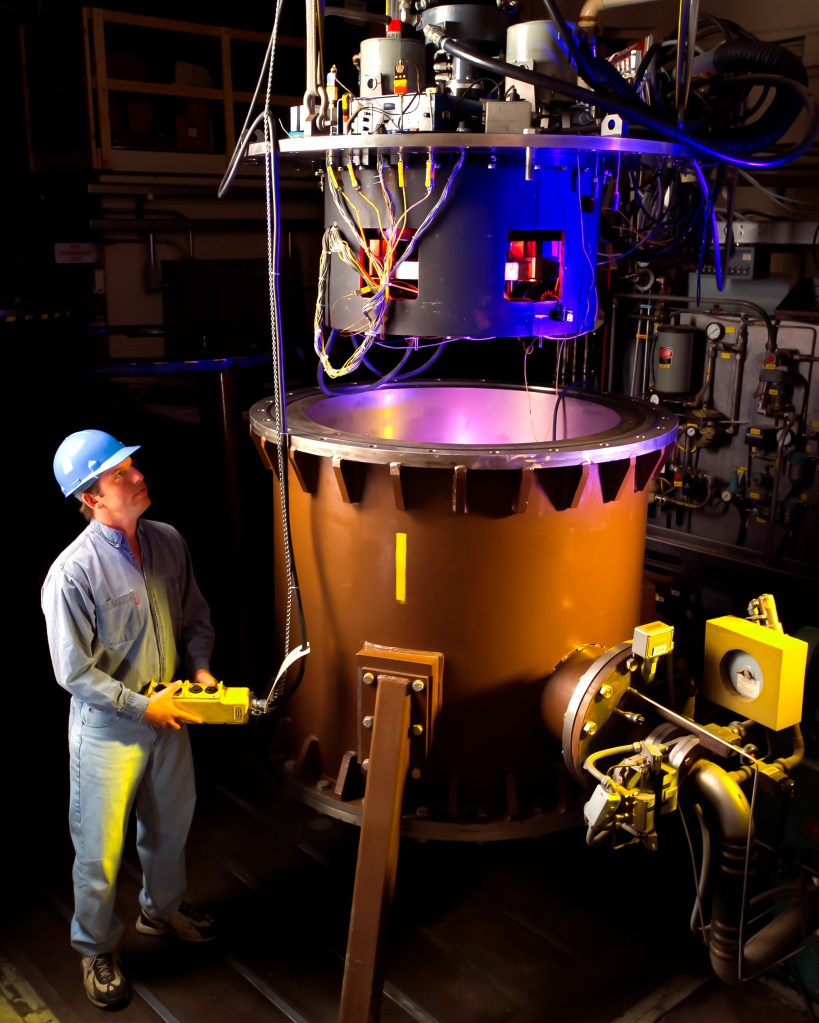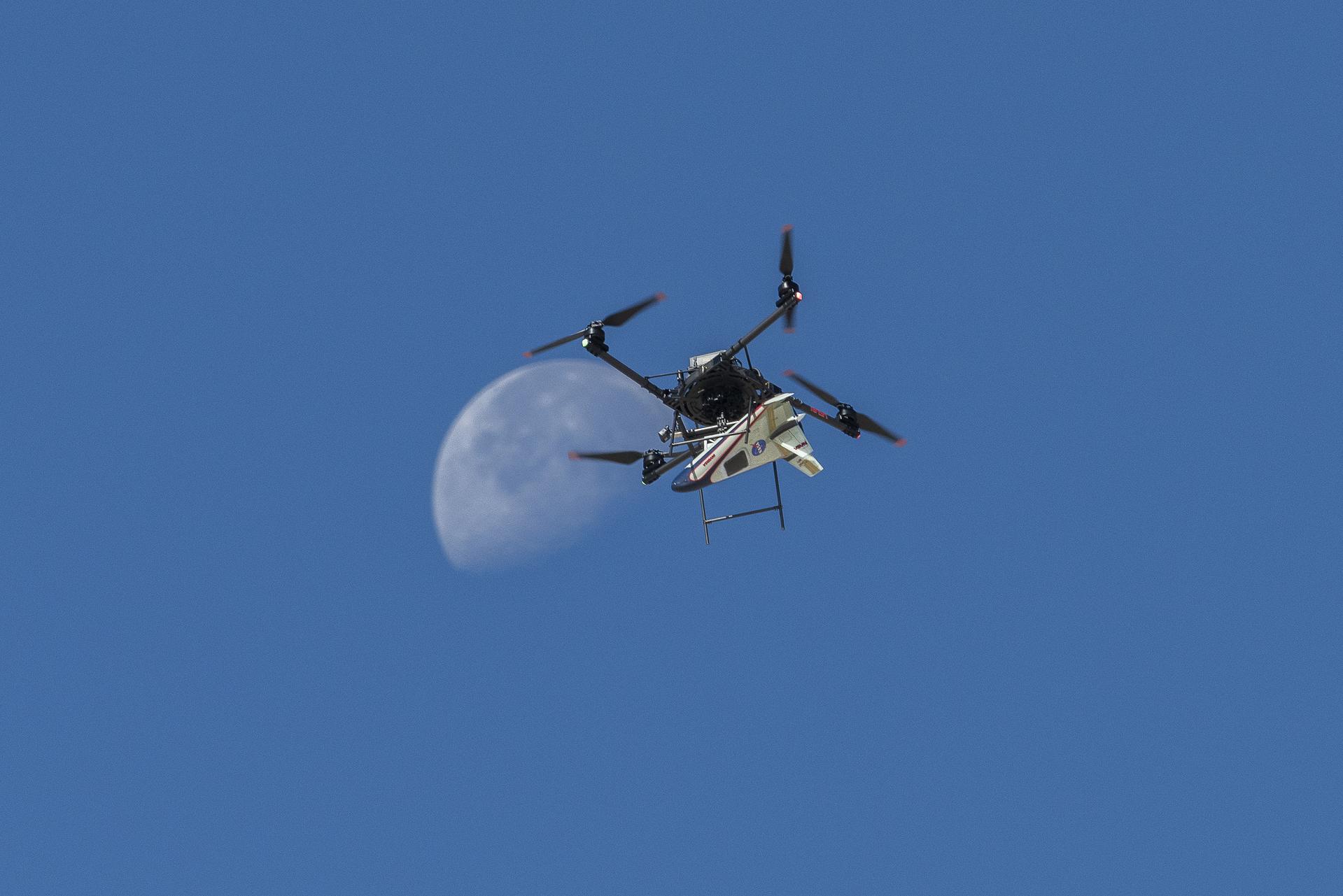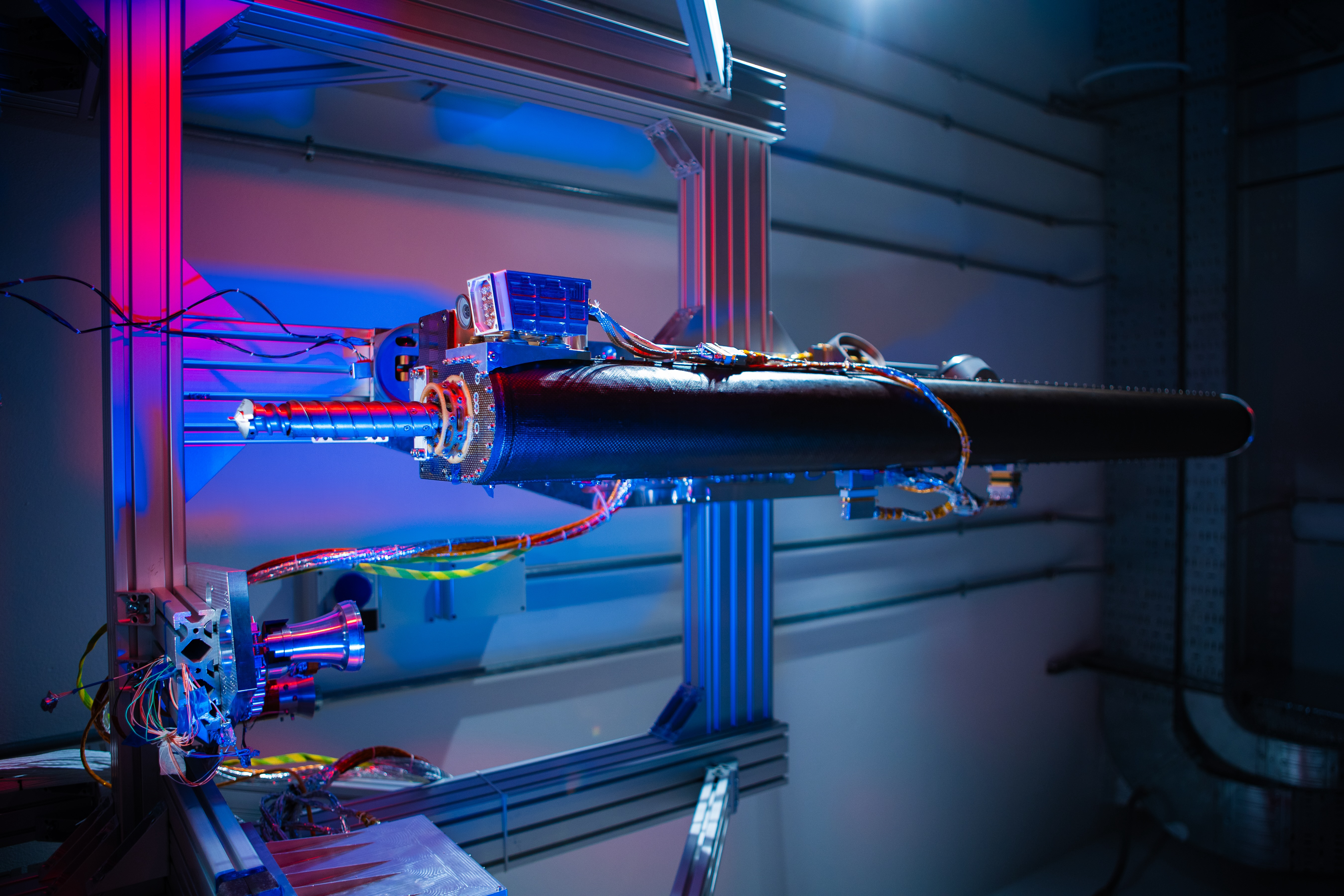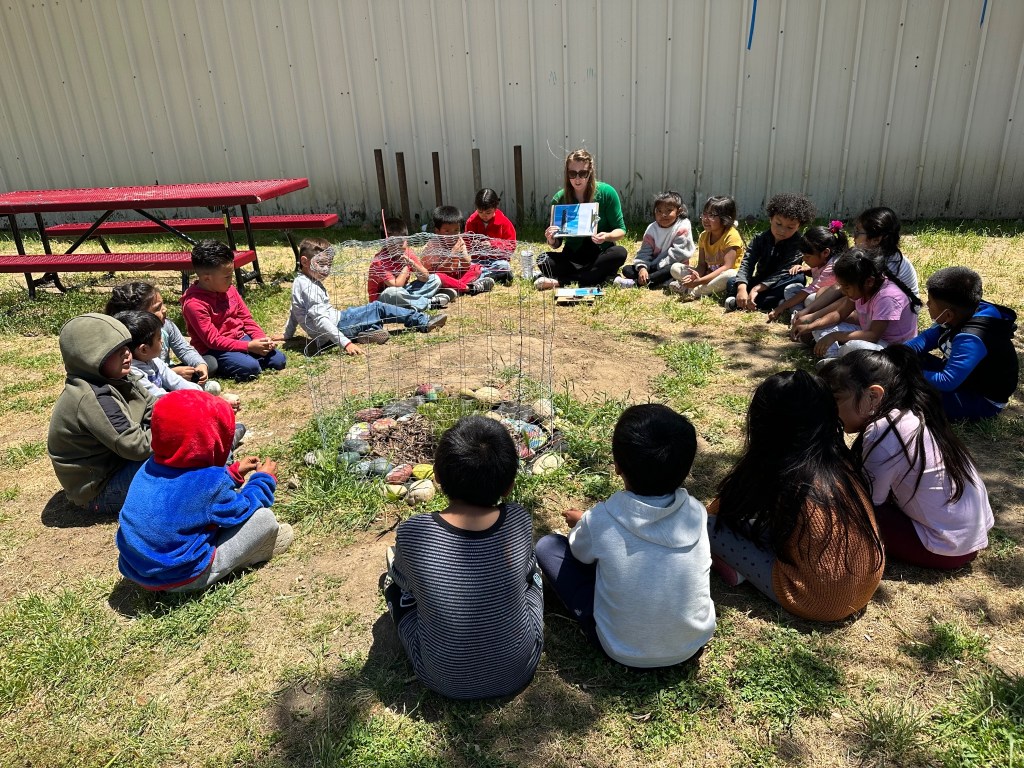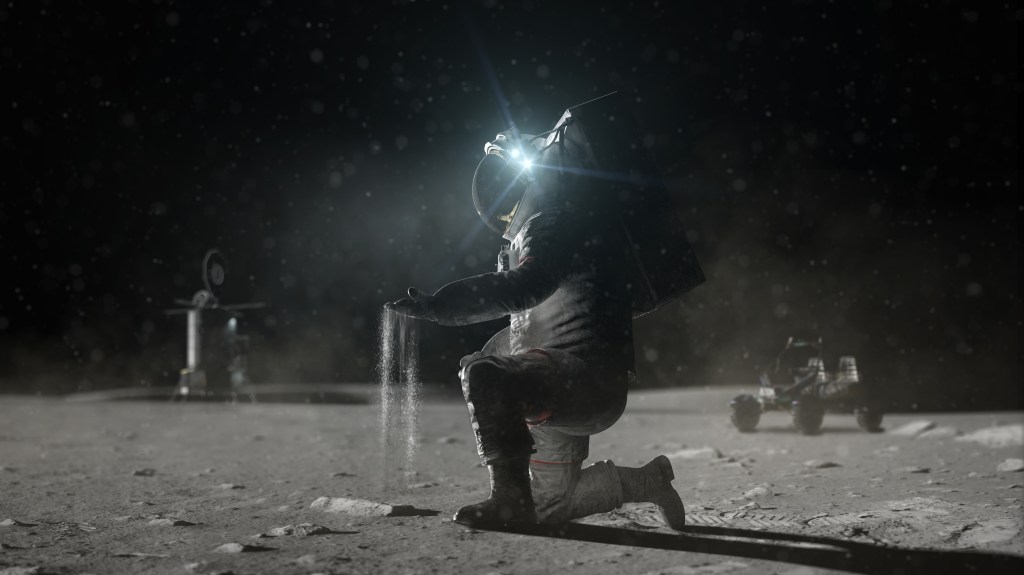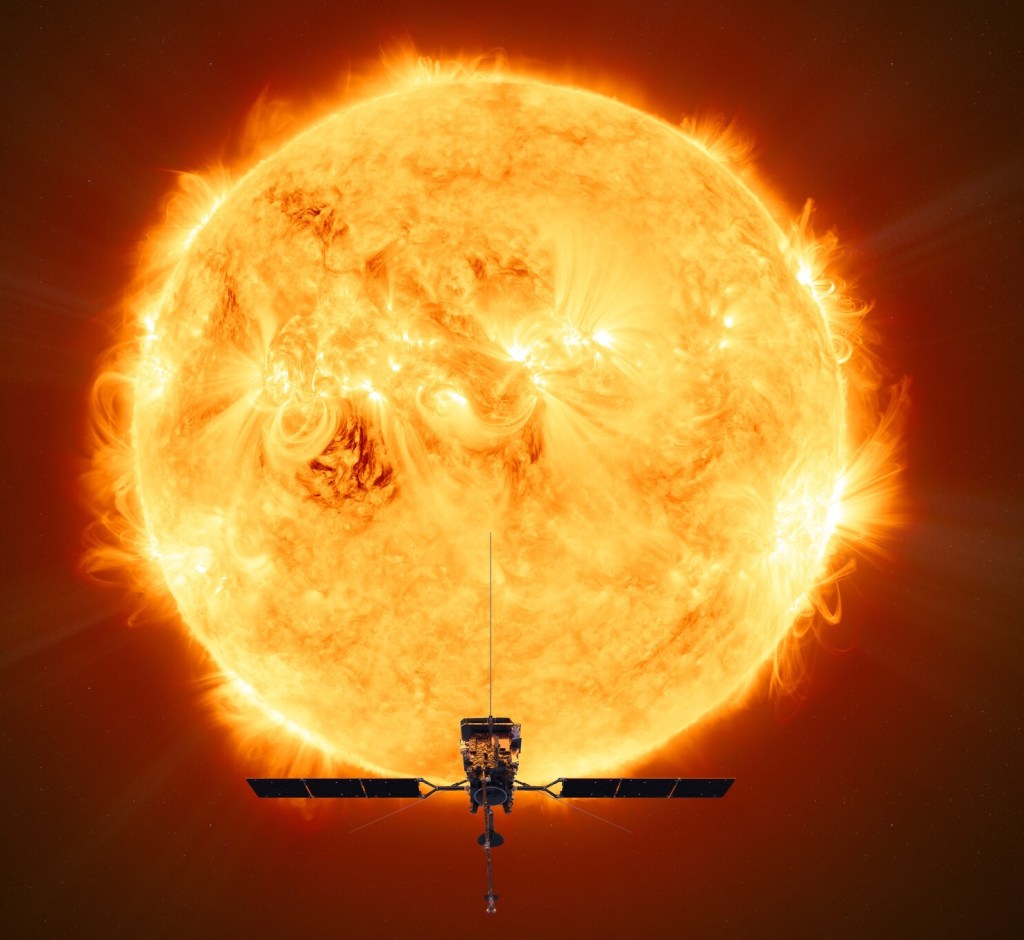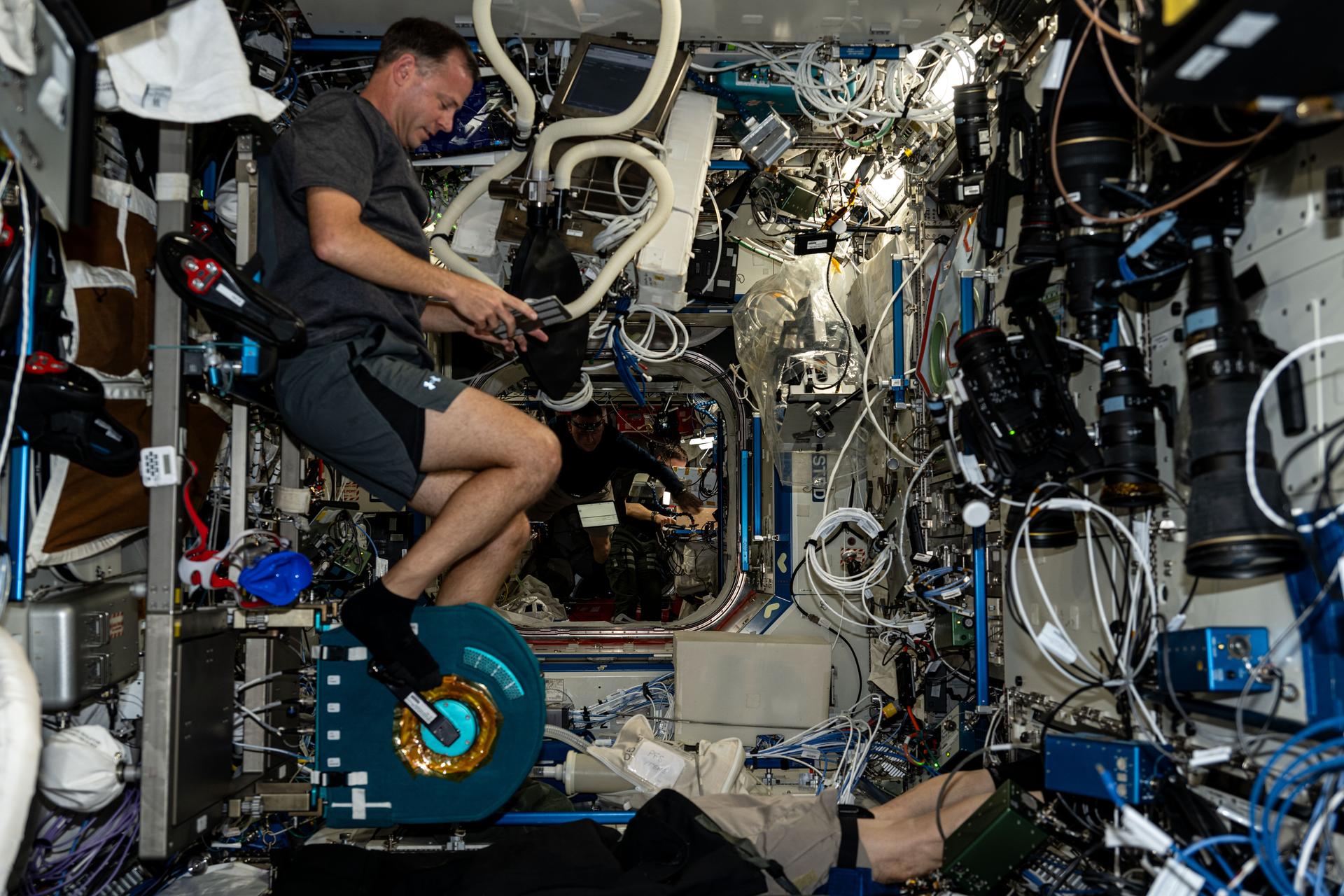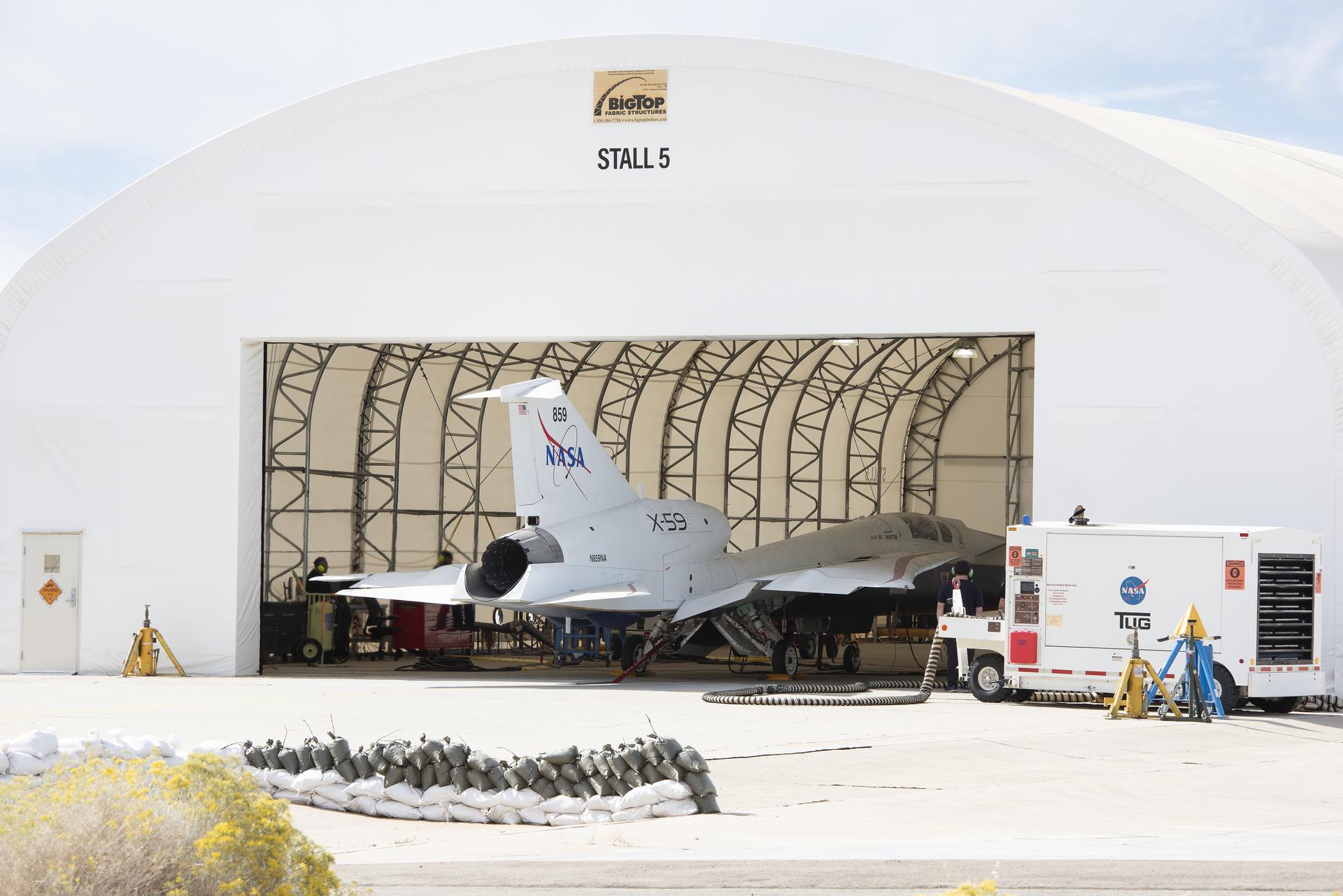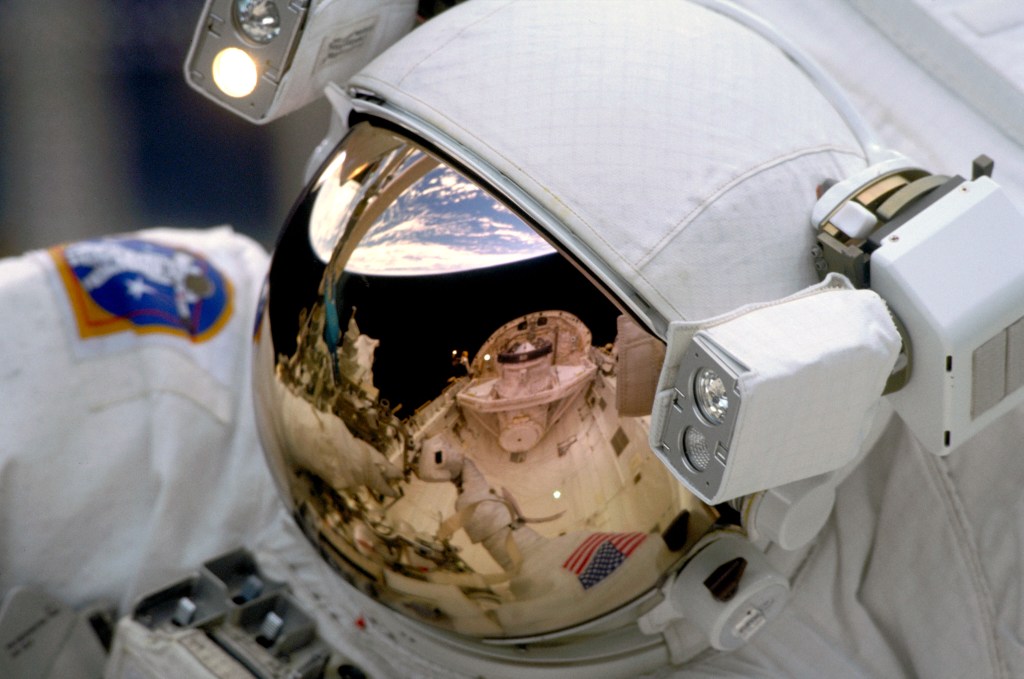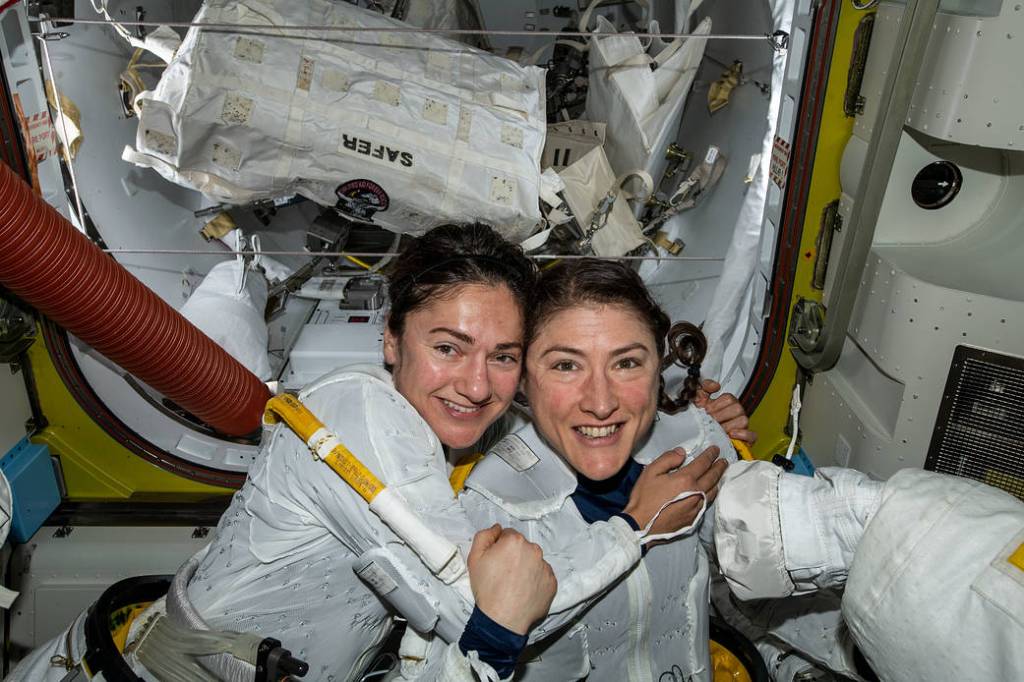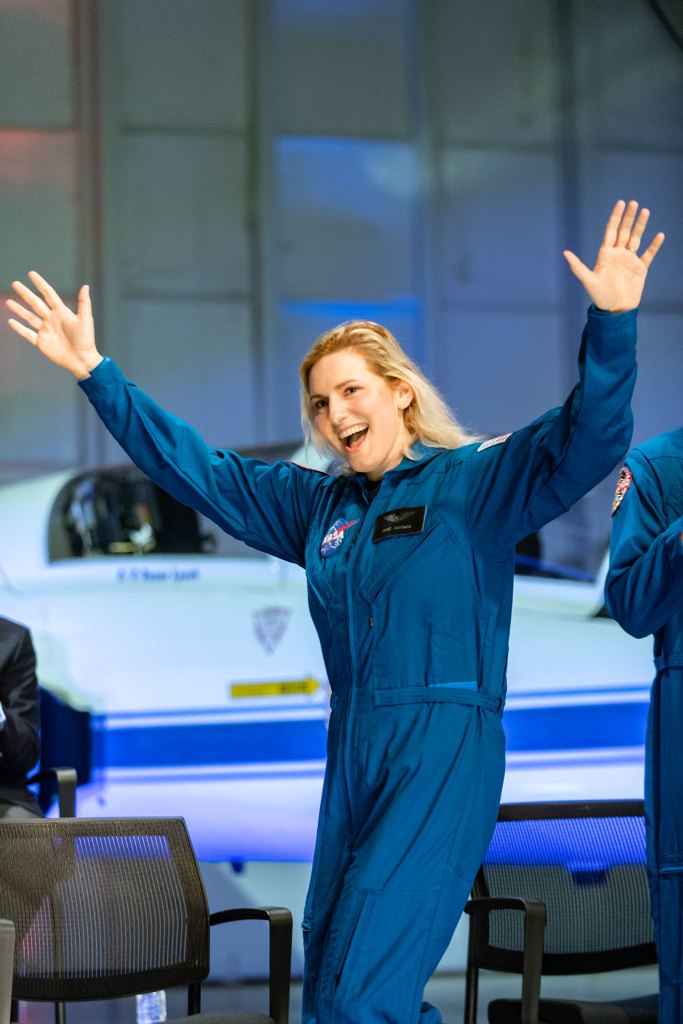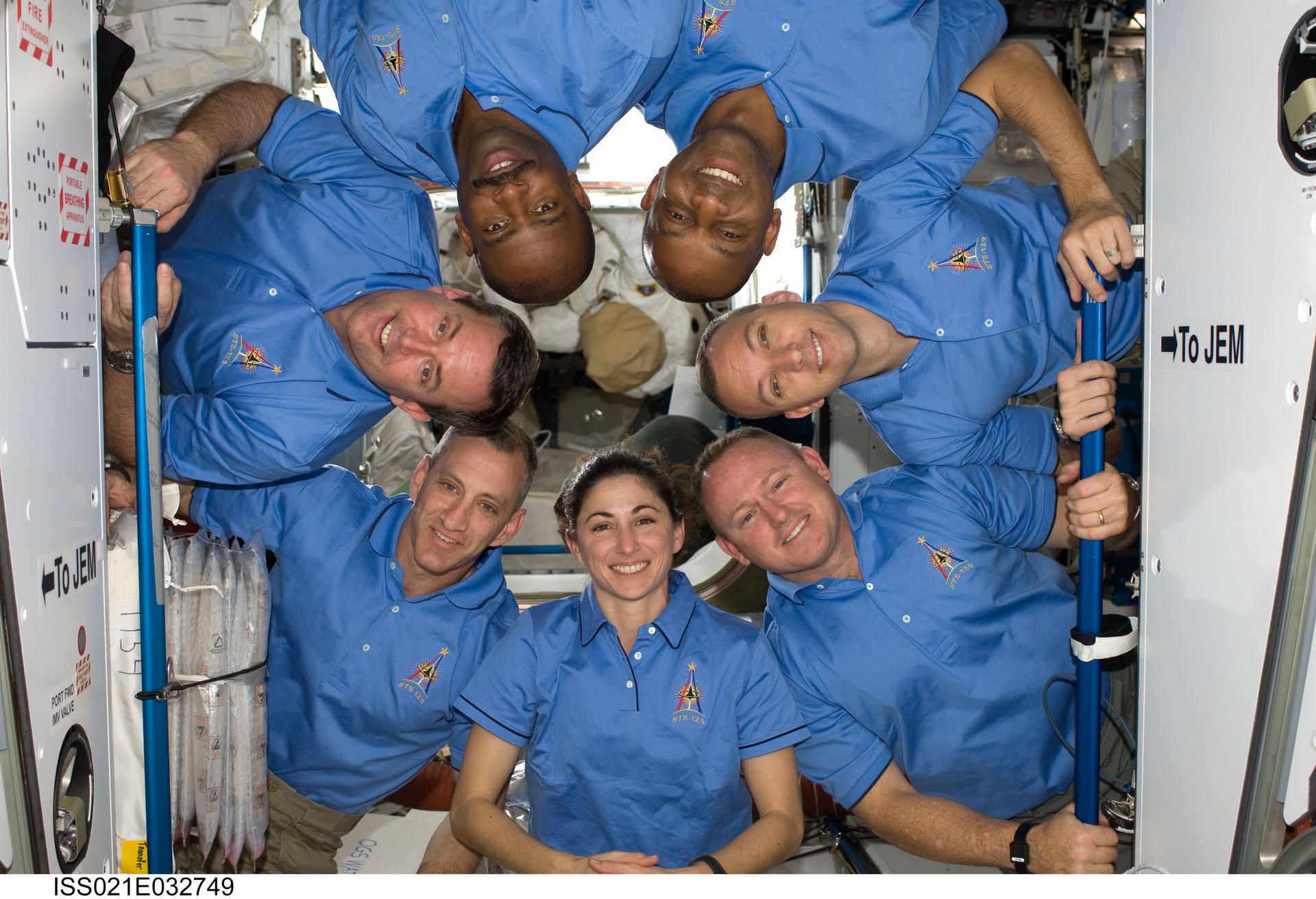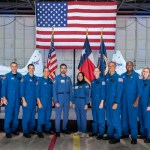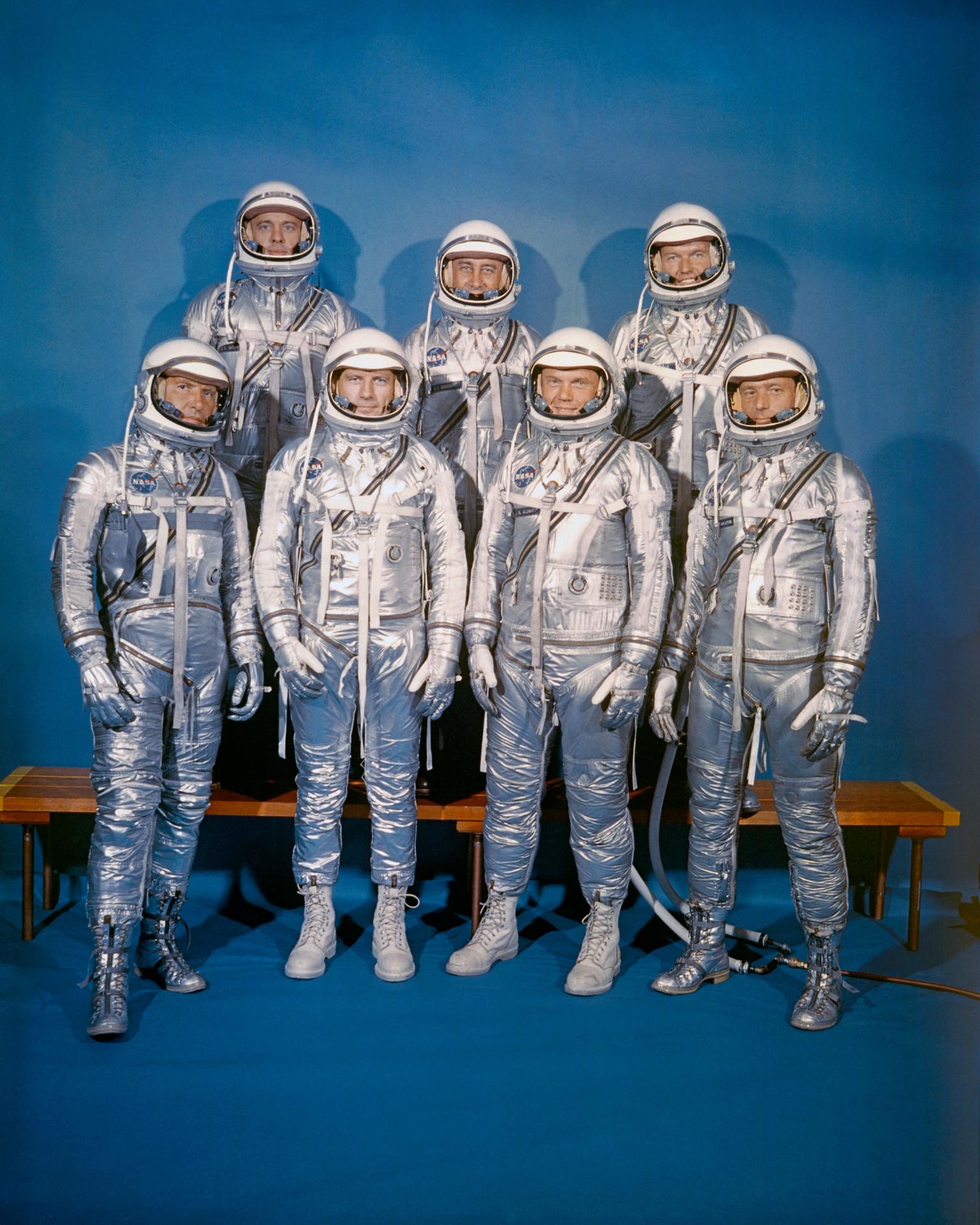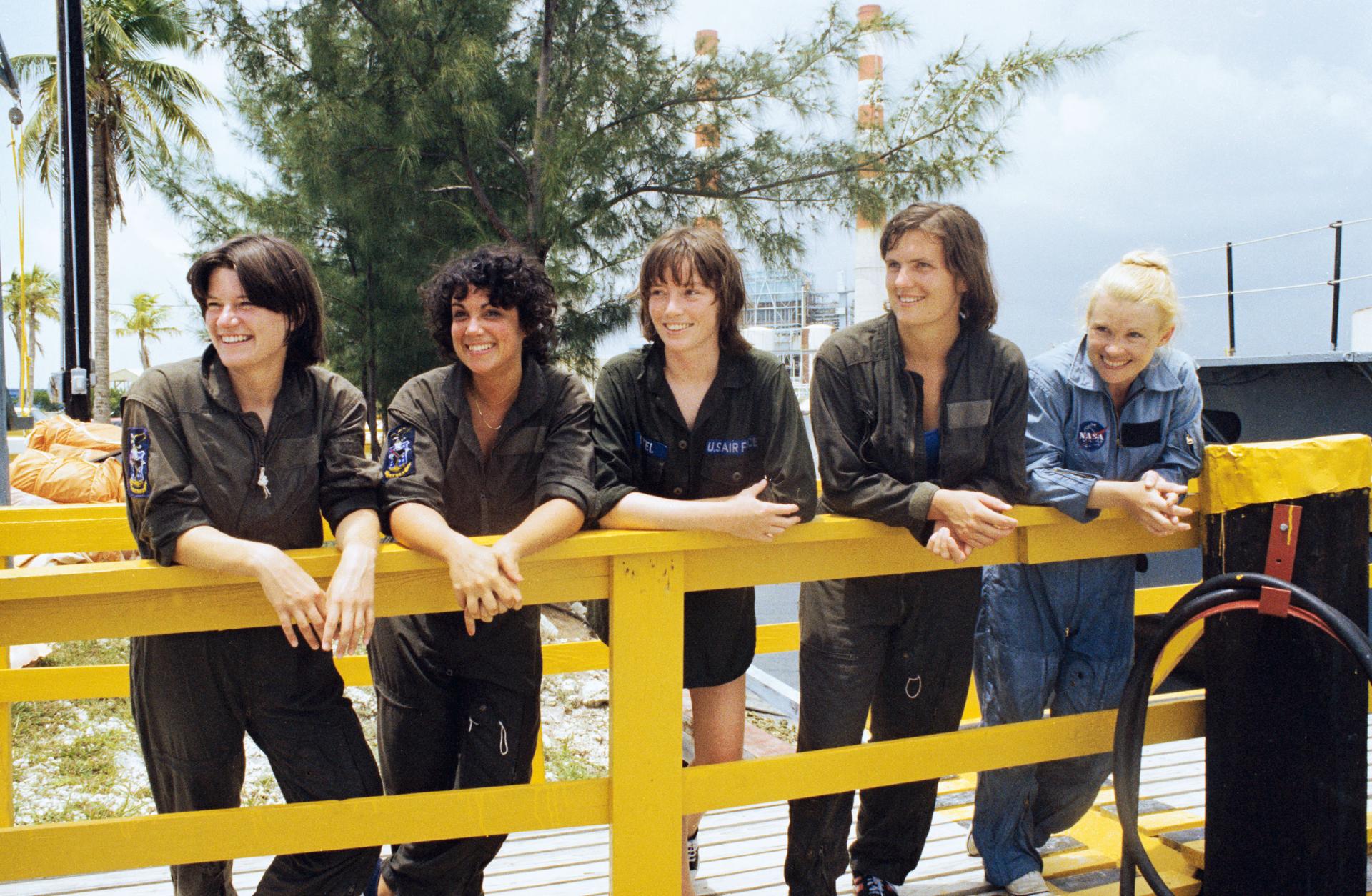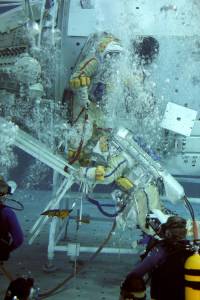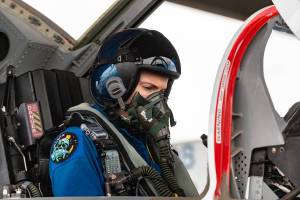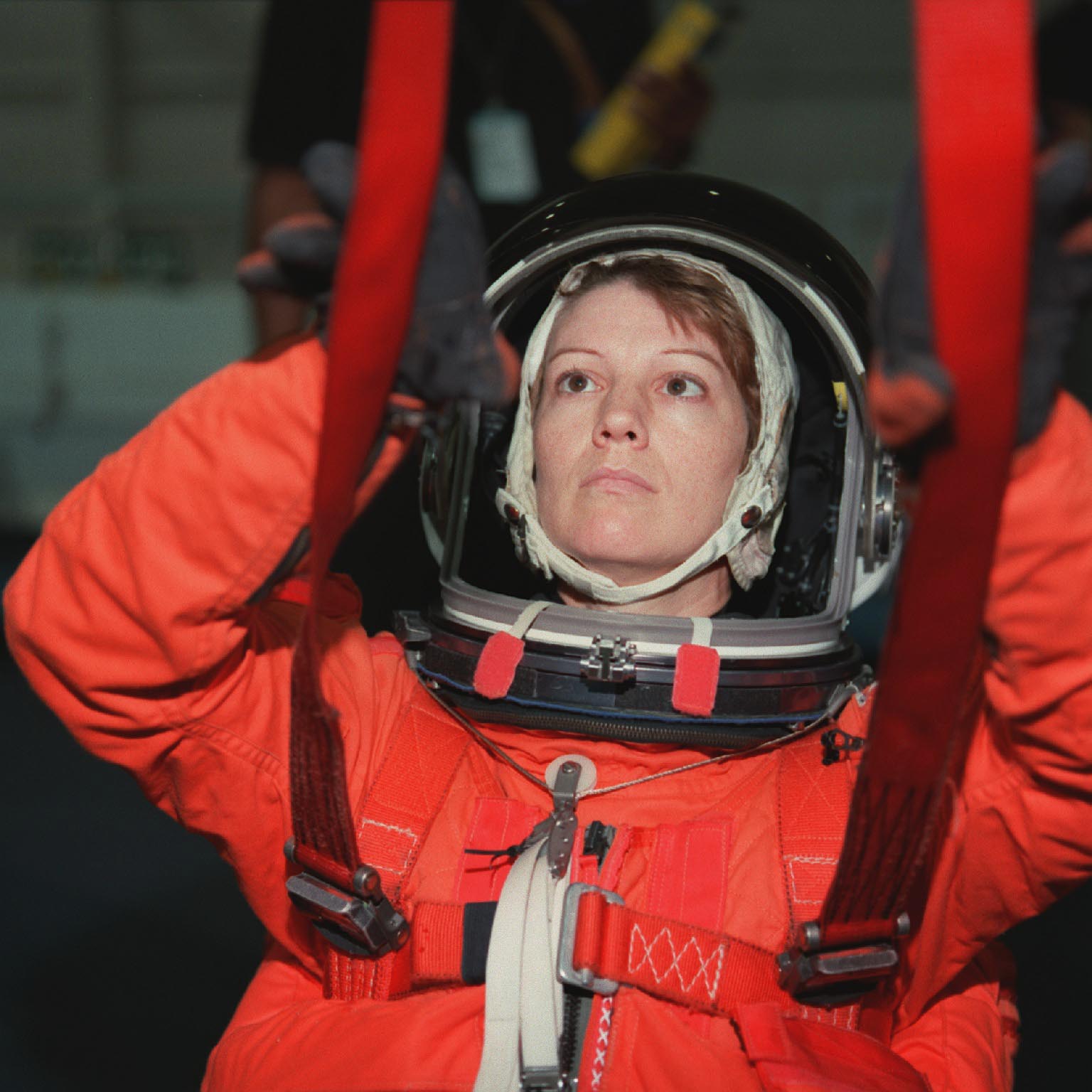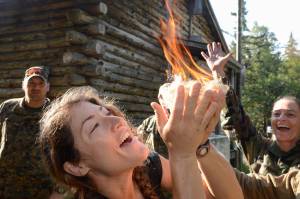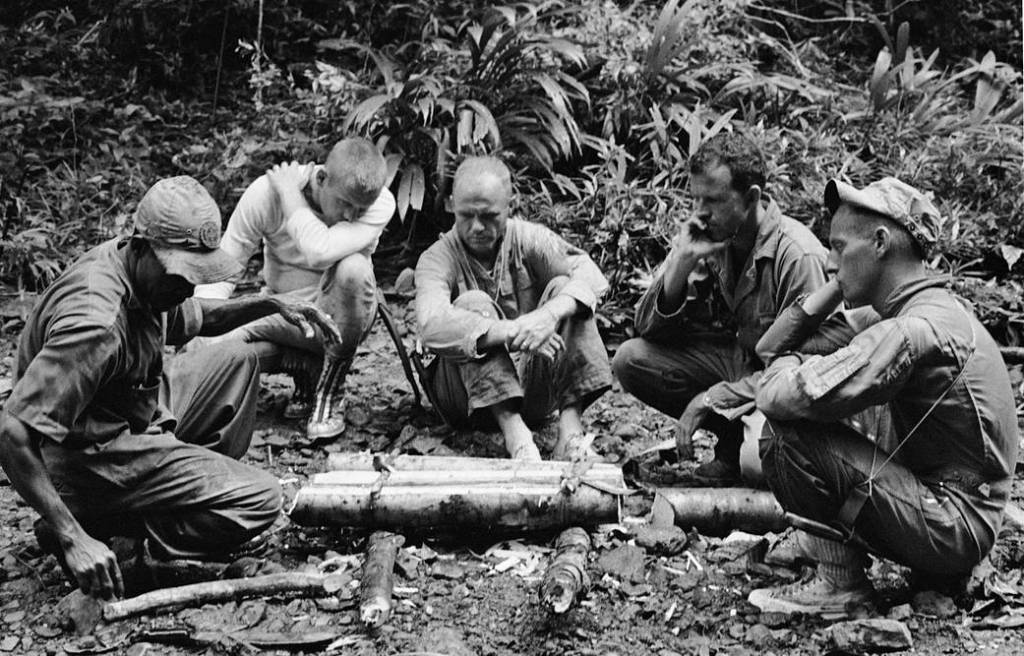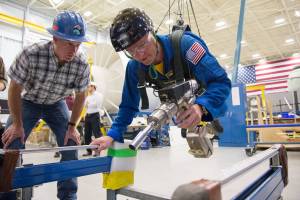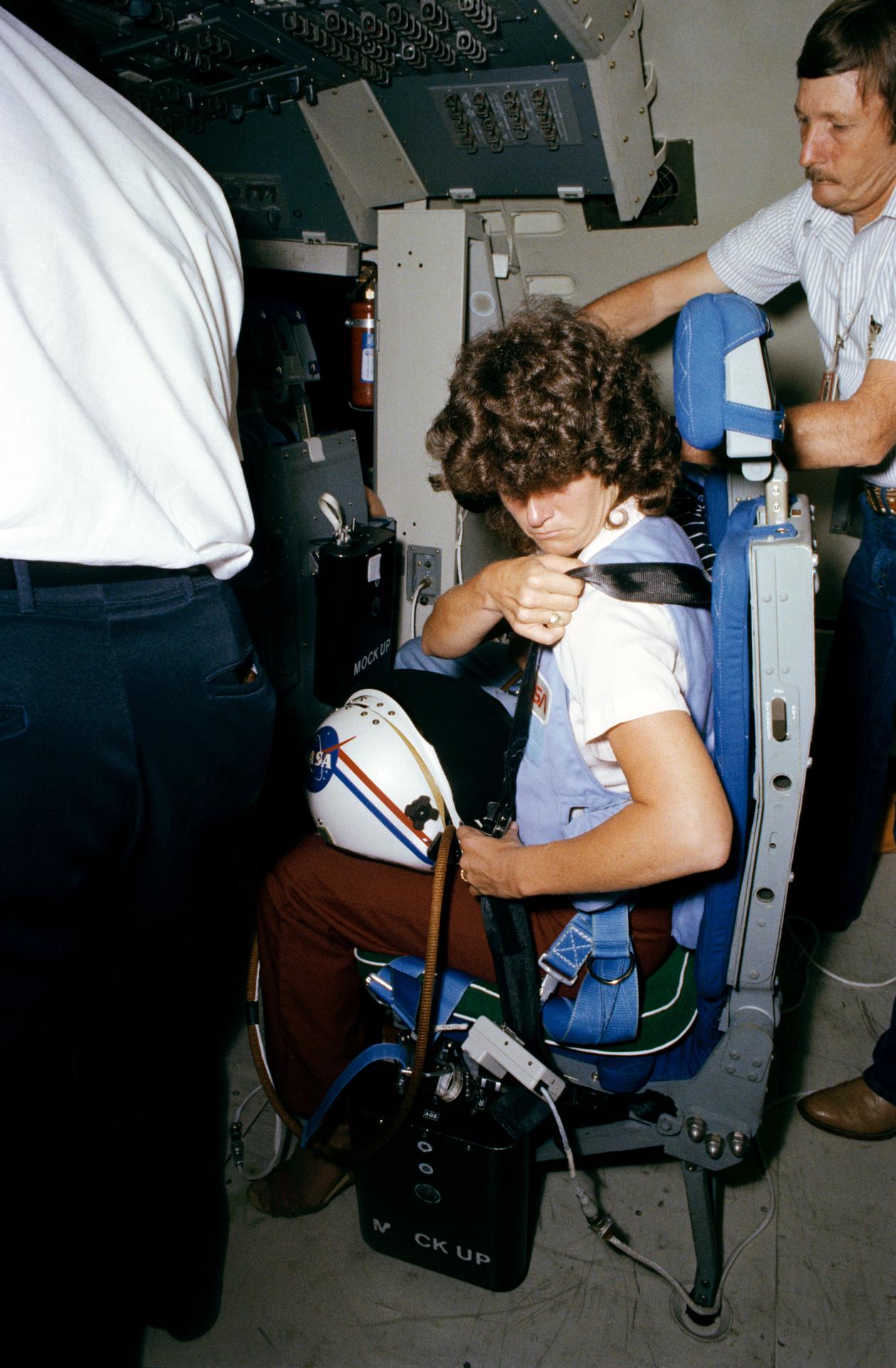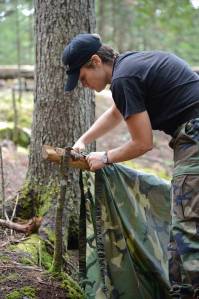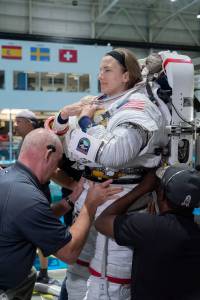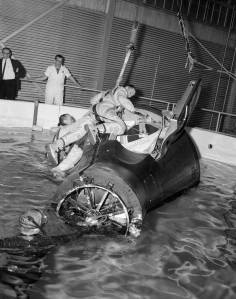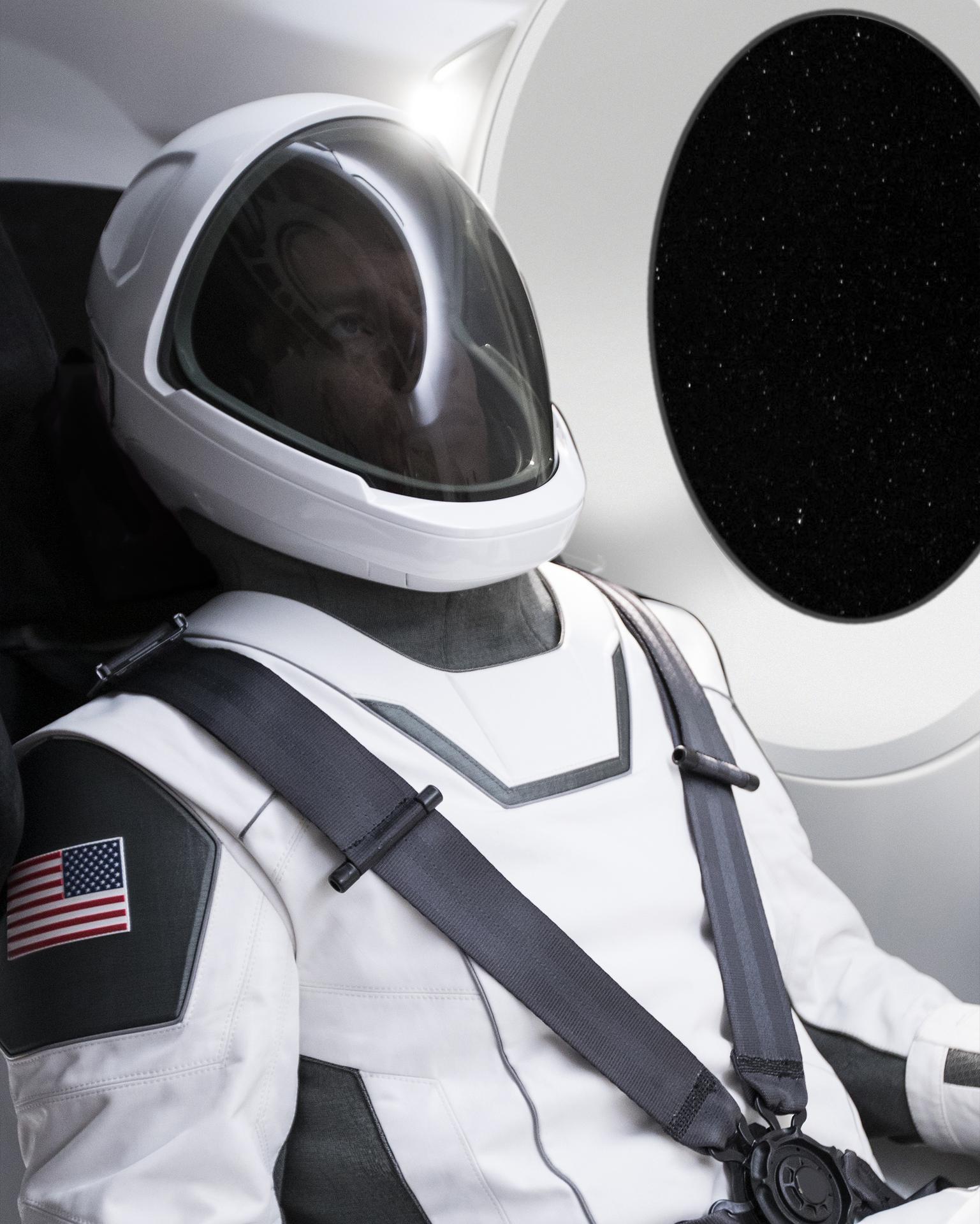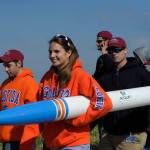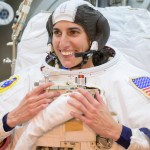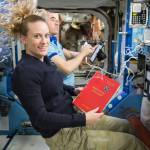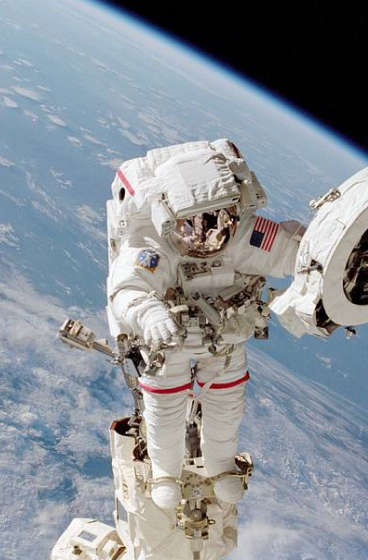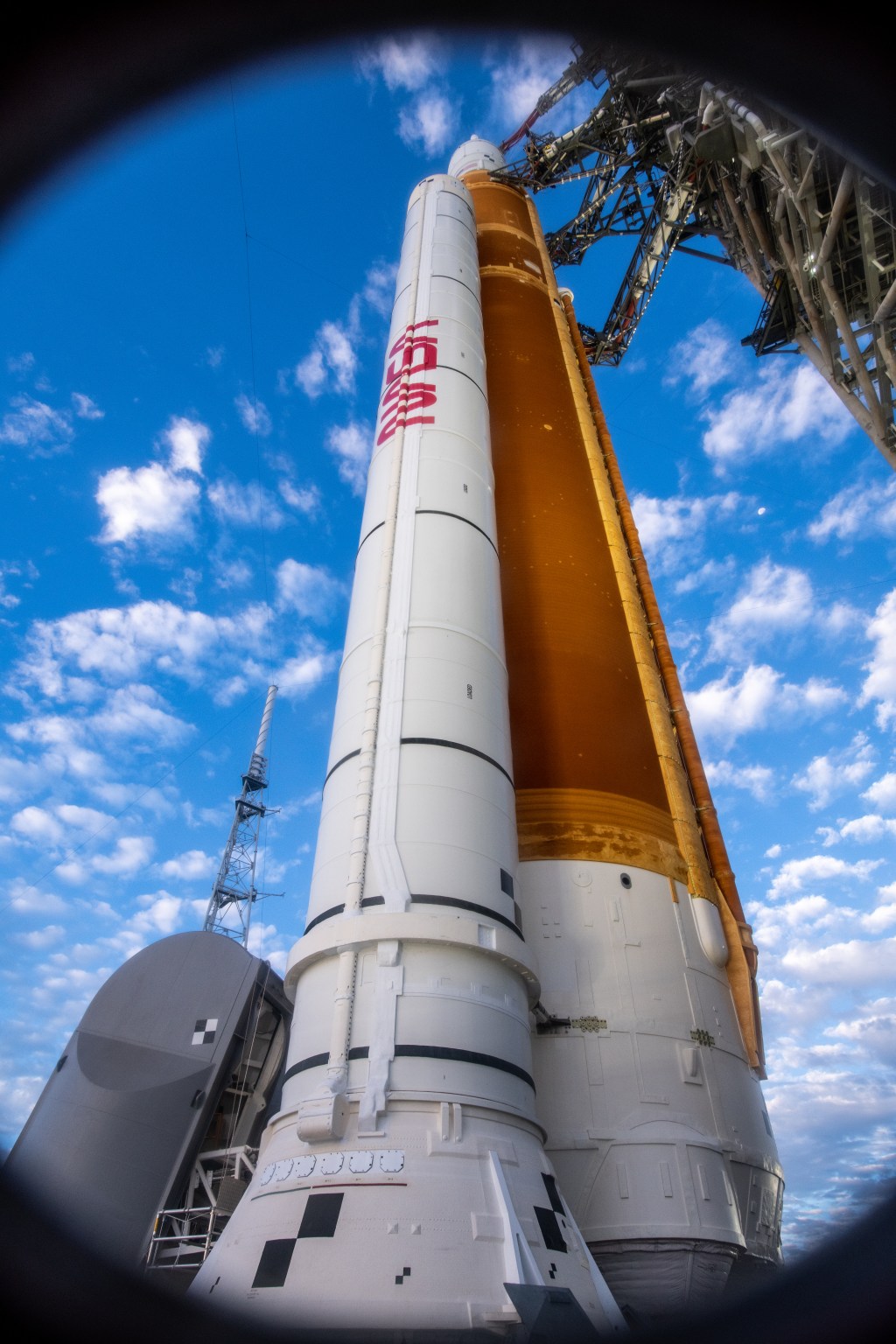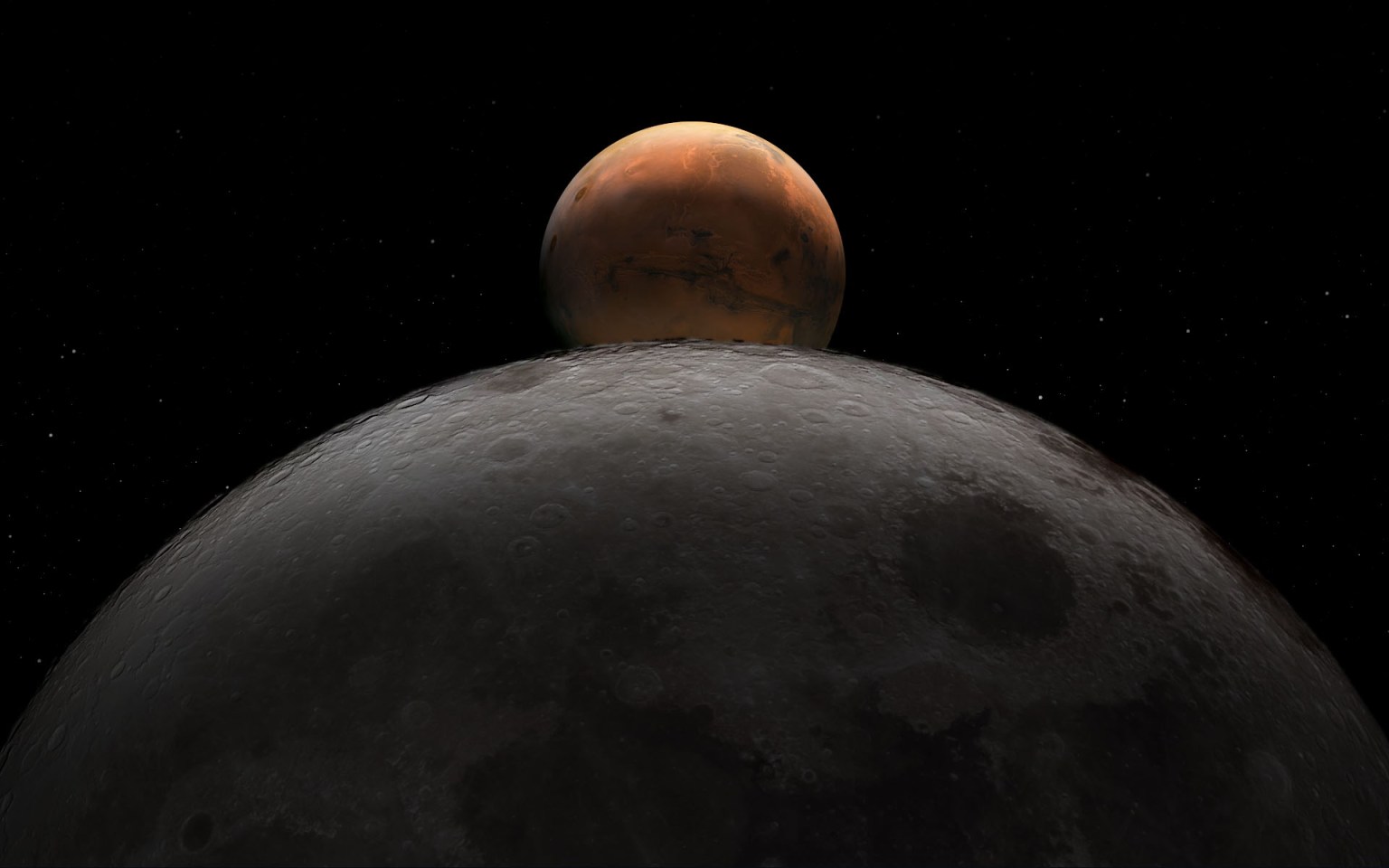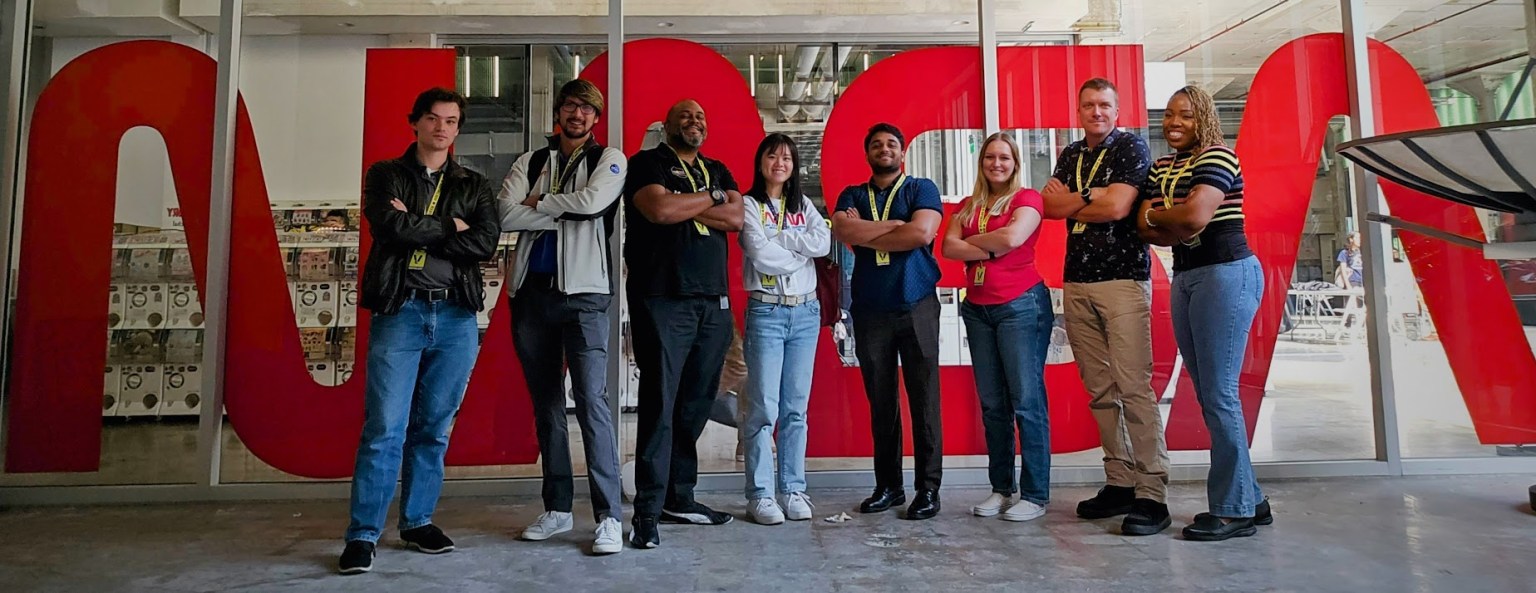Become An Astronaut
NASA astronauts have been traveling to space for more than six decades and living there continuously since 2000. Now, NASA’s Artemis program is preparing to land the first woman and the next man on the Moon. The Orion spacecraft atop the Space Launch System (SLS) rocket will carry humans farther into space than they have gone before—for missions to the Moon and eventually to Mars.
Quick Facts
Requirements to Become an Astronaut
Astronaut requirements have changed with NASA’s goals and missions. Today, to be considered for an astronaut position, applicants must meet the following qualifications:
- Be a U.S. citizen
- Have a master’s degree* in a STEM field, including engineering, biological science, physical science, computer science or mathematics, from an accredited institution.
- Have a minimum of three years of related professional experience obtained after degree completion (or 1,000 Pilot-in-Command hours with at least 850 of those hours in high performance jet aircraft for pilots) For medical doctors, time in residency can count towards experience and must be completed by June 2025.
- Be able to successfully complete the NASA long-duration flight astronaut physical.
*The master’s degree requirement can also be met by:
- Two years of work towards a doctoral program in a related science, technology, engineering, or math field.
- Completed Doctor of Medicine, Osteopathic Medicine, or related medical degree
- Completion (or current enrollment that will result in completion by June 2025) of a nationally recognized test pilot school program.
Astronaut candidates must also have skills in leadership, teamwork and communications.
Artemis Generation astronauts will explore and conduct experiments where humans have never been: the lunar South Pole.
NASA’s Astronaut Selection Board reviews the applications and assesses each candidate’s qualifications. The board then invites a small group of the most highly qualified candidates for interviews at NASA’s Johnson Space Center in Houston, Texas. Of those interviewed, about half are invited back for second interviews. From that group, NASA’s new astronaut candidates are selected. They report for training at Johnson and spend the next two years learning basic astronaut skills like spacewalking, operating the space station, flying T-38 jet planes and controlling a robotic arm.
With NASA’s plans for the future of exploration, new astronauts will fly farther into space than ever before on lunar missions and may be the first humans to fly on to Mars.
What Does It Take?
An Astronaut’s Guide to Applying to Be An Astronaut
As told by Anne McClain, NASA accepts applications for new classes of astronauts about every four years. Here’s her recommendations.…
Read the Story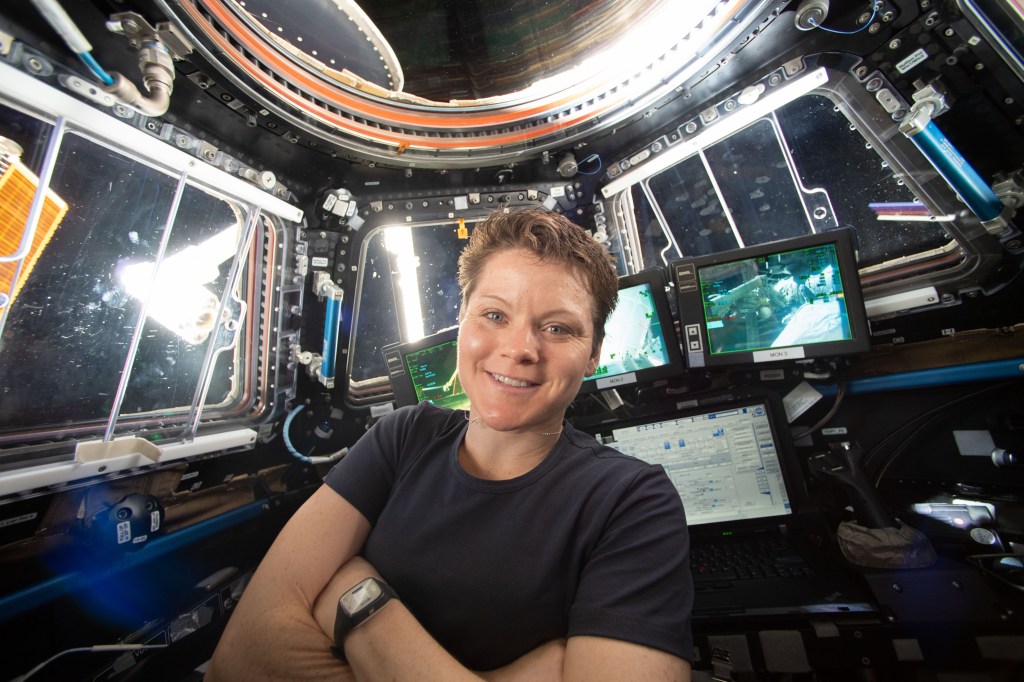
Future Exploration
As NASA continues to expand human exploration in our solar system, we will need more than the currently active astronauts to crew spacecraft bound for deep-space destinations.
NASA’s astronauts currently work as scientists on the International Space Station—a laboratory that orbits Earth approximately 240 miles above the planet’s surface. Astronauts on the station conduct scientific experiments such as innovative cancer research and research on the human body and living in space.
Soon the agency will be expanding its reach to conduct scientific investigations in lunar orbit aboard the Gateway space station, and on the surface of the Moon, as part of the Artemis program. Future astronauts could serve on Artemis missions or even journey to Mars.
Dreaming About Space Travel?
Start early: View resources for students on becoming a NASA astronaut about Dreaming About Space Travel?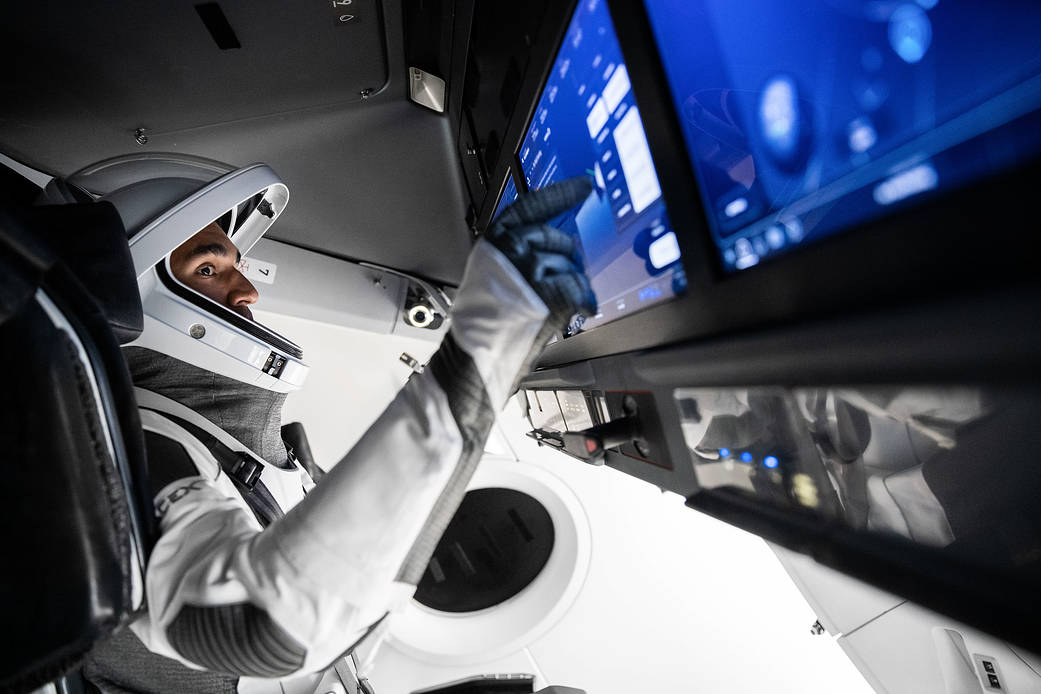
Expeditionary Skills
Expeditions are journeys made by people who share a definite purpose and specific experiences.
To make their expeditions successful, NASA works with astronaut crews on skills that prepare them to live and work together during space missions. Some of these same skills are useful in everyday life here on Earth. 4-H is a positive youth development program that prepares youth for life and work. Together, NASA and 4-H are creating the following series of activities designed to take you through various educational expeditions that will help you learn and practice skills that you can apply in almost every aspect of life.
Learn About Expeditionary Skills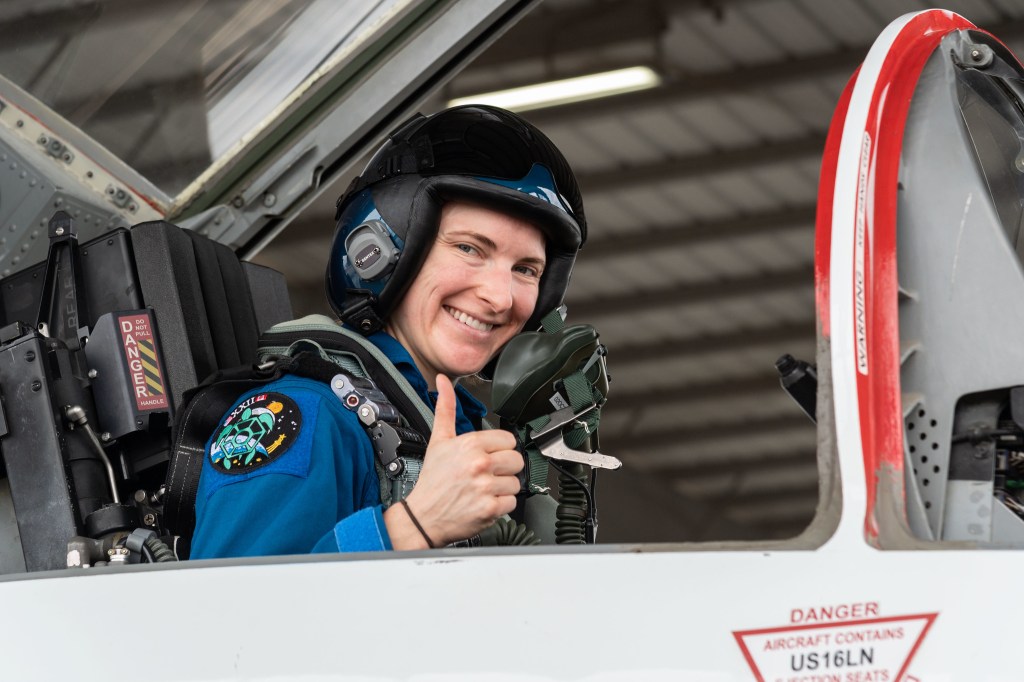
Self Care/Team Care: Preparing for the Voyage
Before you can contribute to a team, you must first be able to take responsibility for yourself.
This ability includes being mentally, physically and emotionally ready to go on the voyage. Everyone has the occasional difficult day, so knowing how to support your team members is also important. This section will strengthen your ability to care for yourself and your team.
Learn About Self Care / Team Care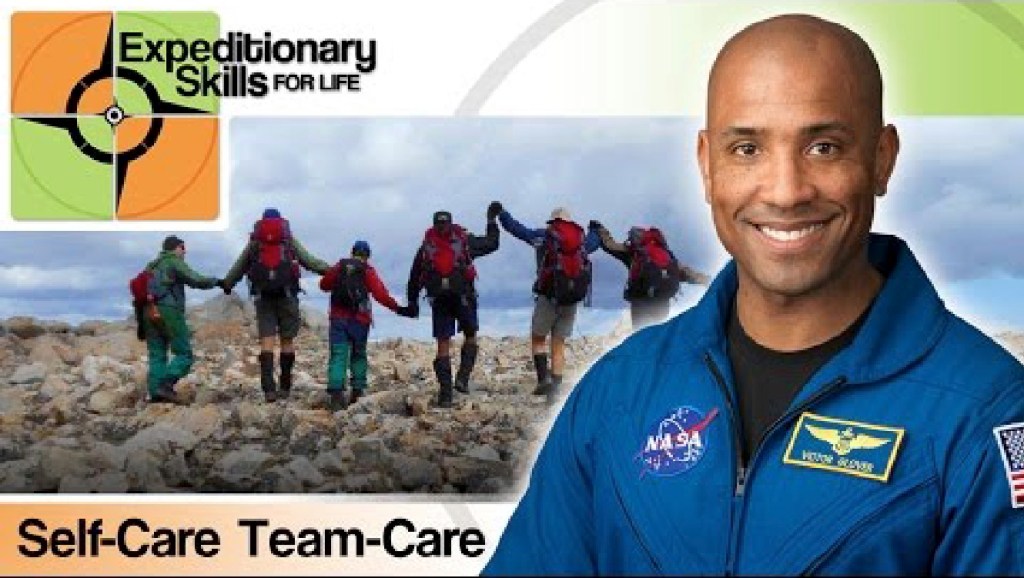
Cultural Competency: Embarking on Pilgrimages
Pilgrimages are searches that help people understand their personal beliefs and recognize how and why they have those beliefs.
The activities in this section take you beyond your own beliefs and teach you how to understand, appreciate and value the beliefs of others. Only in creating paths that allow the team to work together can you move forward in your expeditions.
Learn About Embarking on Pilgrimages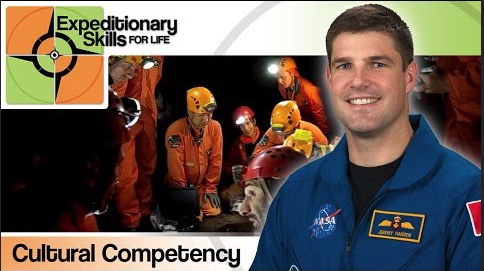
Leadership/Followership: The Challenge of the Quest
Lots of people like to be the leader, but leaders need a team to follow them.
Different quests require different skills, which means different types of leaders are needed throughout an expedition. Understanding when to lead and when to follow, and the importance of both roles, will be explored in this section
Learn About the Challenge of the Quest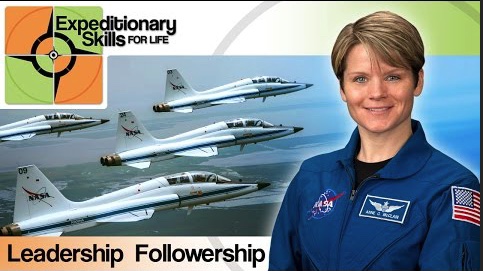
Expeditionary Skills for Life: Launching Into Orbit
To launch your expedition into orbit, everyone on the team needs to do their part.
That begins with knowing what each person’s part is, making sure team members are ready to perform their part and that they get it done, and dealing with any unexpected challenges that develop along the way. Launching an expedition, like teamwork, takes practice and patience.
Learn About Skills for Launching into Orbit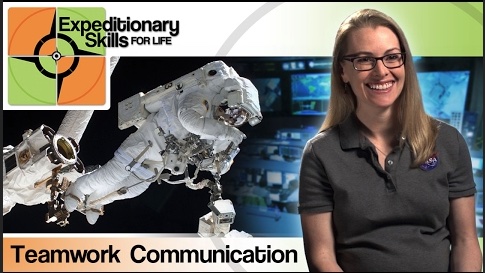
Training To Be An Astronaut
Practical Advice for Aspiring Space Explorers
If you’ve read past the title, you’ve probably consumed a lot of books and movies about space. Guess what? Flying…
Read the Story